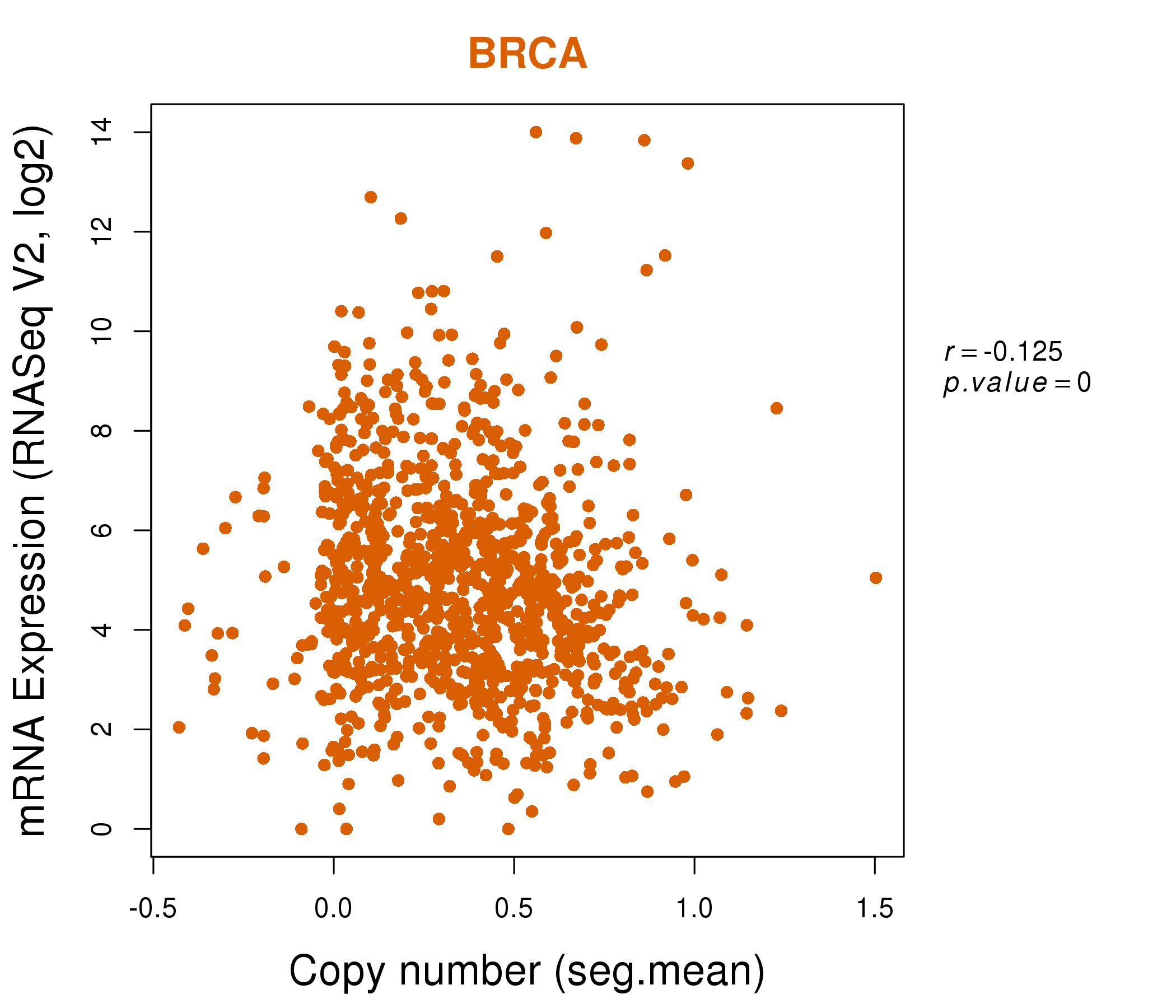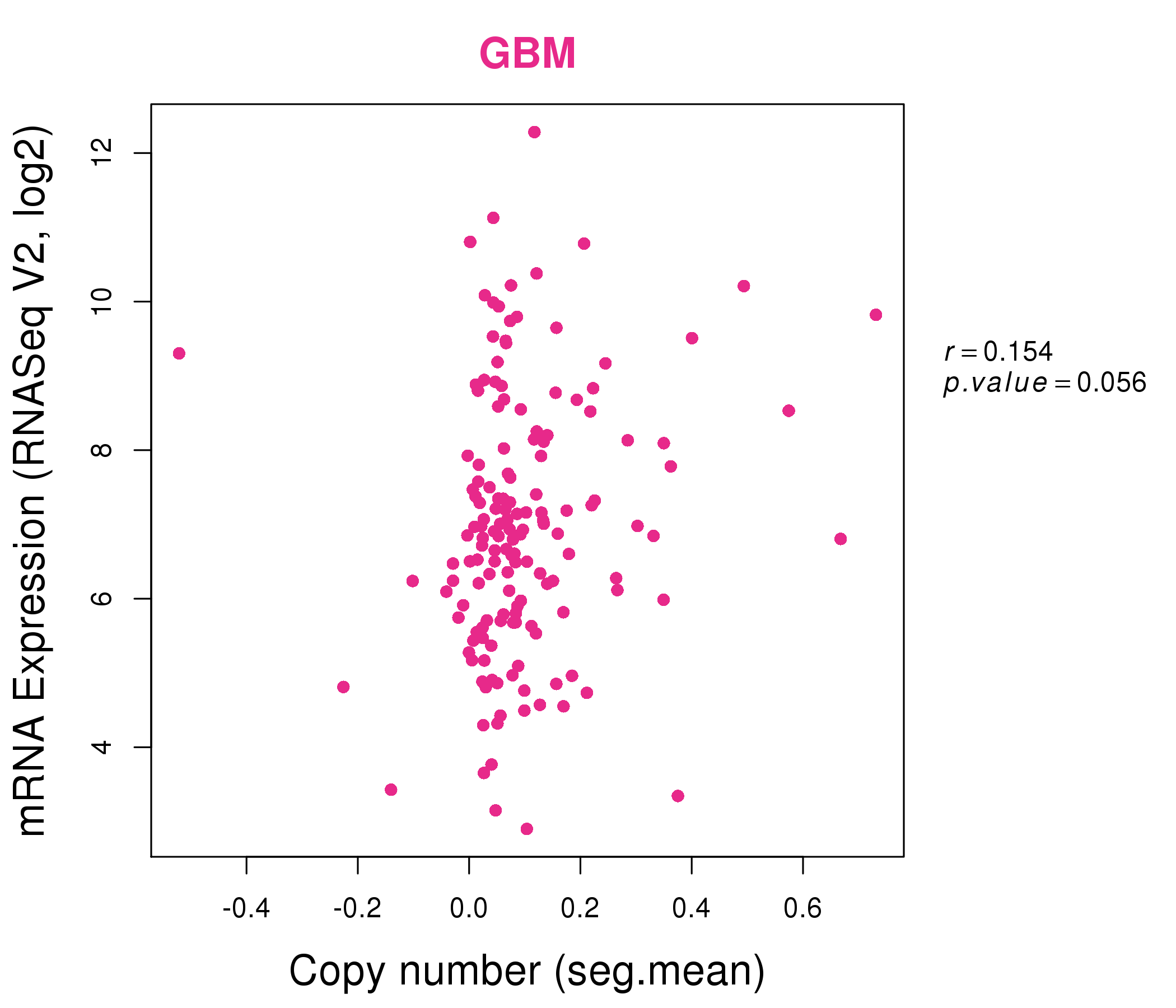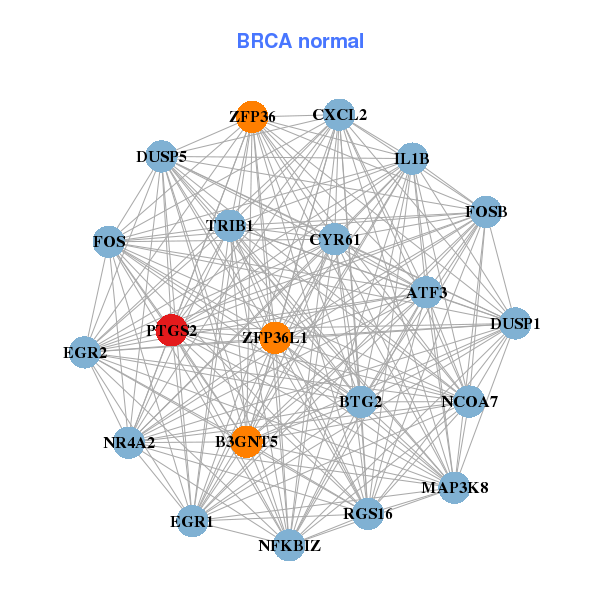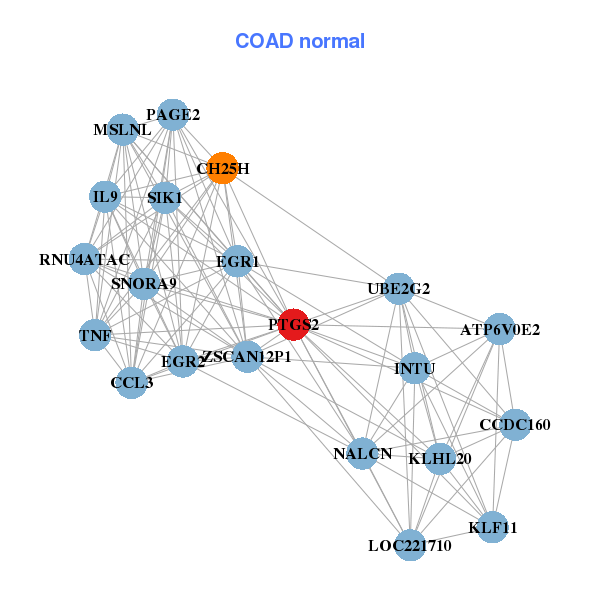|
||||||||||||||||||||
| |
| Phenotypic Information (metabolism pathway, cancer, disease, phenome) |
| |
| |
| Gene-Gene Network Information: Co-Expression Network, Interacting Genes & KEGG |
| |
|
| Gene Summary for PTGS2 |
| Basic gene info. | Gene symbol | PTGS2 |
| Gene name | prostaglandin-endoperoxide synthase 2 (prostaglandin G/H synthase and cyclooxygenase) | |
| Synonyms | COX-2|COX2|GRIPGHS|PGG/HS|PGHS-2|PHS-2|hCox-2 | |
| Cytomap | UCSC genome browser: 1q25.2-q25.3 | |
| Genomic location | chr1 :186640943-186649559 | |
| Type of gene | protein-coding | |
| RefGenes | NM_000963.3, | |
| Ensembl id | ENSG00000073756 | |
| Description | PGH synthase 2PHS IIcyclooxygenase 2bprostaglandin G/H synthase 2prostaglandin H2 synthase 2 | |
| Modification date | 20141222 | |
| dbXrefs | MIM : 600262 | |
| HGNC : HGNC | ||
| Ensembl : ENSG00000073756 | ||
| HPRD : 02599 | ||
| Vega : OTTHUMG00000035473 | ||
| Protein | UniProt: P35354 go to UniProt's Cross Reference DB Table | |
| Expression | CleanEX: HS_PTGS2 | |
| BioGPS: 5743 | ||
| Gene Expression Atlas: ENSG00000073756 | ||
| The Human Protein Atlas: ENSG00000073756 | ||
| Pathway | NCI Pathway Interaction Database: PTGS2 | |
| KEGG: PTGS2 | ||
| REACTOME: PTGS2 | ||
| ConsensusPathDB | ||
| Pathway Commons: PTGS2 | ||
| Metabolism | MetaCyc: PTGS2 | |
| HUMANCyc: PTGS2 | ||
| Regulation | Ensembl's Regulation: ENSG00000073756 | |
| miRBase: chr1 :186,640,943-186,649,559 | ||
| TargetScan: NM_000963 | ||
| cisRED: ENSG00000073756 | ||
| Context | iHOP: PTGS2 | |
| cancer metabolism search in PubMed: PTGS2 | ||
| UCL Cancer Institute: PTGS2 | ||
| Assigned class in ccmGDB | A - This gene has a literature evidence and it belongs to cancer gene. | |
| References showing role of PTGS2 in cancer cell metabolism | 1. Habermann N, Ulrich CM, Lundgreen A, Makar KW, Poole EM, et al. (2013) PTGS1, PTGS2, ALOX5, ALOX12, ALOX15, and FLAP SNPs: interaction with fatty acids in colon cancer and rectal cancer. Genes & nutrition 8: 115-126. go to article | |
| Top |
| Phenotypic Information for PTGS2(metabolism pathway, cancer, disease, phenome) |
| Cancer | CGAP: PTGS2 |
| Familial Cancer Database: PTGS2 | |
| * This gene is included in those cancer gene databases. |
|
|
|
|
|
|
| ||||||||||||||
Oncogene 1 | Significant driver gene in | |||||||||||||||||||
| cf) number; DB name 1 Oncogene; http://nar.oxfordjournals.org/content/35/suppl_1/D721.long, 2 Tumor Suppressor gene; https://bioinfo.uth.edu/TSGene/, 3 Cancer Gene Census; http://www.nature.com/nrc/journal/v4/n3/abs/nrc1299.html, 4 CancerGenes; http://nar.oxfordjournals.org/content/35/suppl_1/D721.long, 5 Network of Cancer Gene; http://ncg.kcl.ac.uk/index.php, 1Therapeutic Vulnerabilities in Cancer; http://cbio.mskcc.org/cancergenomics/statius/ |
| KEGG_ARACHIDONIC_ACID_METABOLISM | |
| OMIM | 600262; gene. |
| Orphanet | |
| Disease | KEGG Disease: PTGS2 |
| MedGen: PTGS2 (Human Medical Genetics with Condition) | |
| ClinVar: PTGS2 | |
| Phenotype | MGI: PTGS2 (International Mouse Phenotyping Consortium) |
| PhenomicDB: PTGS2 | |
| Mutations for PTGS2 |
| * Under tables are showing count per each tissue to give us broad intuition about tissue specific mutation patterns.You can go to the detailed page for each mutation database's web site. |
| There's no structural variation information in COSMIC data for this gene. |
| * From mRNA Sanger sequences, Chitars2.0 arranged chimeric transcripts. This table shows PTGS2 related fusion information. |
| ID | Head Gene | Tail Gene | Accession | Gene_a | qStart_a | qEnd_a | Chromosome_a | tStart_a | tEnd_a | Gene_a | qStart_a | qEnd_a | Chromosome_a | tStart_a | tEnd_a |
| Top |
| There's no copy number variation information in COSMIC data for this gene. |
| Top |
|
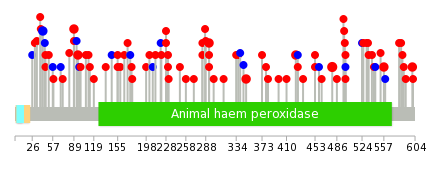 |
| Top |
| Stat. for Non-Synonymous SNVs (# total SNVs=75) | (# total SNVs=17) |
 | 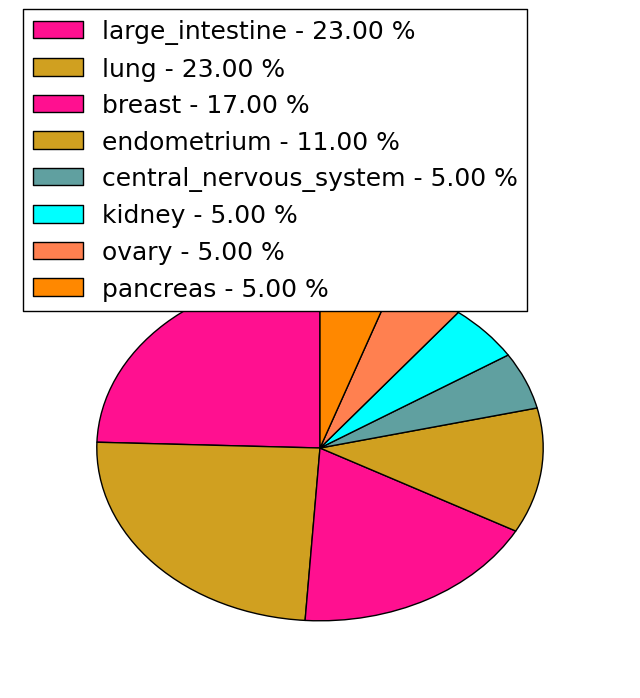 |
(# total SNVs=1) | (# total SNVs=0) |
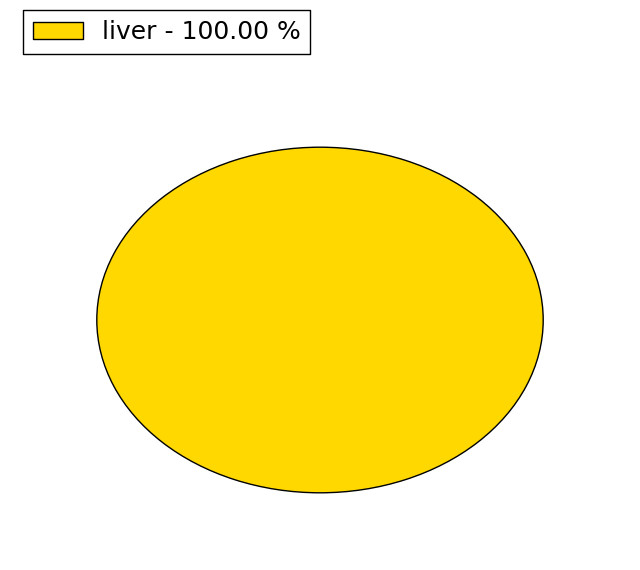 |
| Top |
| * When you move the cursor on each content, you can see more deailed mutation information on the Tooltip. Those are primary_site,primary_histology,mutation(aa),pubmedID. |
| GRCh37 position | Mutation(aa) | Unique sampleID count |
| chr1:186643865-186643865 | p.A479S | 3 |
| chr1:186645242-186645242 | p.P349T | 2 |
| chr1:186648497-186648497 | p.C42C | 2 |
| chr1:186644514-186644514 | p.R424S | 2 |
| chr1:186648237-186648237 | p.N89S | 2 |
| chr1:186643631-186643631 | p.N557D | 2 |
| chr1:186645642-186645642 | p.W309* | 2 |
| chr1:186648219-186648219 | p.R95Q | 2 |
| chr1:186645968-186645968 | p.Y240* | 2 |
| chr1:186645691-186645691 | p.R293Q | 2 |
| Top |
|
 |
| Point Mutation/ Tissue ID | 1 | 2 | 3 | 4 | 5 | 6 | 7 | 8 | 9 | 10 | 11 | 12 | 13 | 14 | 15 | 16 | 17 | 18 | 19 | 20 |
| # sample | 1 | 3 | 11 | 2 | 4 | 8 | 2 | 2 | 10 | 5 | 10 | |||||||||
| # mutation | 1 | 3 | 11 | 2 | 4 | 10 | 2 | 2 | 11 | 5 | 12 | |||||||||
| nonsynonymous SNV | 1 | 2 | 8 | 1 | 3 | 8 | 1 | 1 | 10 | 4 | 10 | |||||||||
| synonymous SNV | 1 | 3 | 1 | 1 | 2 | 1 | 1 | 1 | 1 | 2 |
| cf) Tissue ID; Tissue type (1; BLCA[Bladder Urothelial Carcinoma], 2; BRCA[Breast invasive carcinoma], 3; CESC[Cervical squamous cell carcinoma and endocervical adenocarcinoma], 4; COAD[Colon adenocarcinoma], 5; GBM[Glioblastoma multiforme], 6; Glioma Low Grade, 7; HNSC[Head and Neck squamous cell carcinoma], 8; KICH[Kidney Chromophobe], 9; KIRC[Kidney renal clear cell carcinoma], 10; KIRP[Kidney renal papillary cell carcinoma], 11; LAML[Acute Myeloid Leukemia], 12; LUAD[Lung adenocarcinoma], 13; LUSC[Lung squamous cell carcinoma], 14; OV[Ovarian serous cystadenocarcinoma ], 15; PAAD[Pancreatic adenocarcinoma], 16; PRAD[Prostate adenocarcinoma], 17; SKCM[Skin Cutaneous Melanoma], 18:STAD[Stomach adenocarcinoma], 19:THCA[Thyroid carcinoma], 20:UCEC[Uterine Corpus Endometrial Carcinoma]) |
| Top |
| * We represented just top 10 SNVs. When you move the cursor on each content, you can see more deailed mutation information on the Tooltip. Those are primary_site, primary_histology, mutation(aa), pubmedID. |
| Genomic Position | Mutation(aa) | Unique sampleID count |
| chr1:186643808 | p.C42C | 2 |
| chr1:186648497 | p.R293L | 2 |
| chr1:186645691 | p.R293W | 2 |
| chr1:186645692 | p.P498S | 2 |
| chr1:186643805 | p.N580D | 1 |
| chr1:186646898 | p.S398F | 1 |
| chr1:186645278 | p.R231H | 1 |
| chr1:186648488 | p.F93F | 1 |
| chr1:186643552 | p.K559K | 1 |
| chr1:186645994 | p.W373C | 1 |
| * Copy number data were extracted from TCGA using R package TCGA-Assembler. The URLs of all public data files on TCGA DCC data server were gathered on Jan-05-2015. Function ProcessCNAData in TCGA-Assembler package was used to obtain gene-level copy number value which is calculated as the average copy number of the genomic region of a gene. |
 |
| cf) Tissue ID[Tissue type]: BLCA[Bladder Urothelial Carcinoma], BRCA[Breast invasive carcinoma], CESC[Cervical squamous cell carcinoma and endocervical adenocarcinoma], COAD[Colon adenocarcinoma], GBM[Glioblastoma multiforme], Glioma Low Grade, HNSC[Head and Neck squamous cell carcinoma], KICH[Kidney Chromophobe], KIRC[Kidney renal clear cell carcinoma], KIRP[Kidney renal papillary cell carcinoma], LAML[Acute Myeloid Leukemia], LUAD[Lung adenocarcinoma], LUSC[Lung squamous cell carcinoma], OV[Ovarian serous cystadenocarcinoma ], PAAD[Pancreatic adenocarcinoma], PRAD[Prostate adenocarcinoma], SKCM[Skin Cutaneous Melanoma], STAD[Stomach adenocarcinoma], THCA[Thyroid carcinoma], UCEC[Uterine Corpus Endometrial Carcinoma] |
| Top |
| Gene Expression for PTGS2 |
| * CCLE gene expression data were extracted from CCLE_Expression_Entrez_2012-10-18.res: Gene-centric RMA-normalized mRNA expression data. |
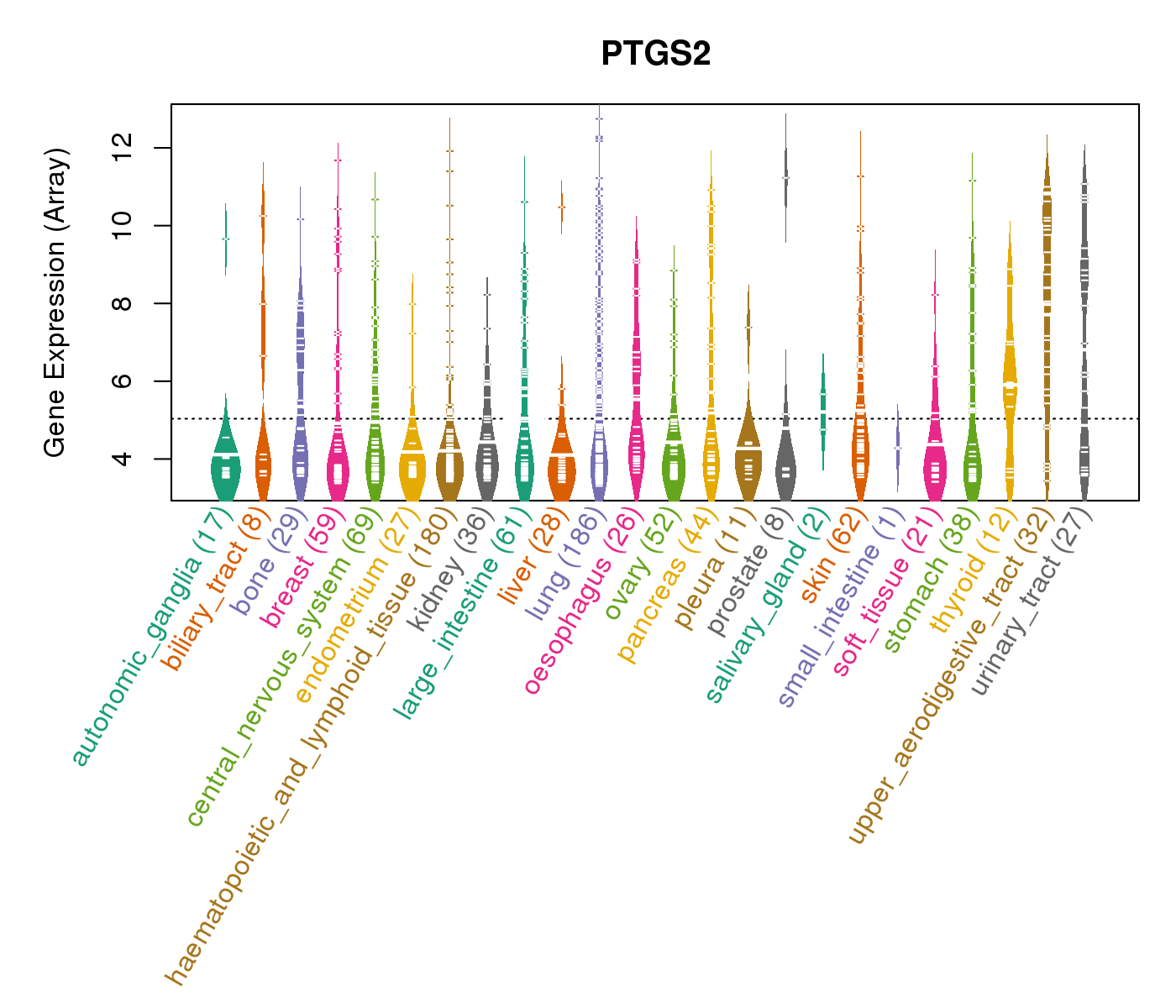 |
| * Normalized gene expression data of RNASeqV2 was extracted from TCGA using R package TCGA-Assembler. The URLs of all public data files on TCGA DCC data server were gathered at Jan-05-2015. Only eight cancer types have enough normal control samples for differential expression analysis. (t test, adjusted p<0.05 (using Benjamini-Hochberg FDR)) |
 |
| Top |
| * This plots show the correlation between CNV and gene expression. |
: Open all plots for all cancer types
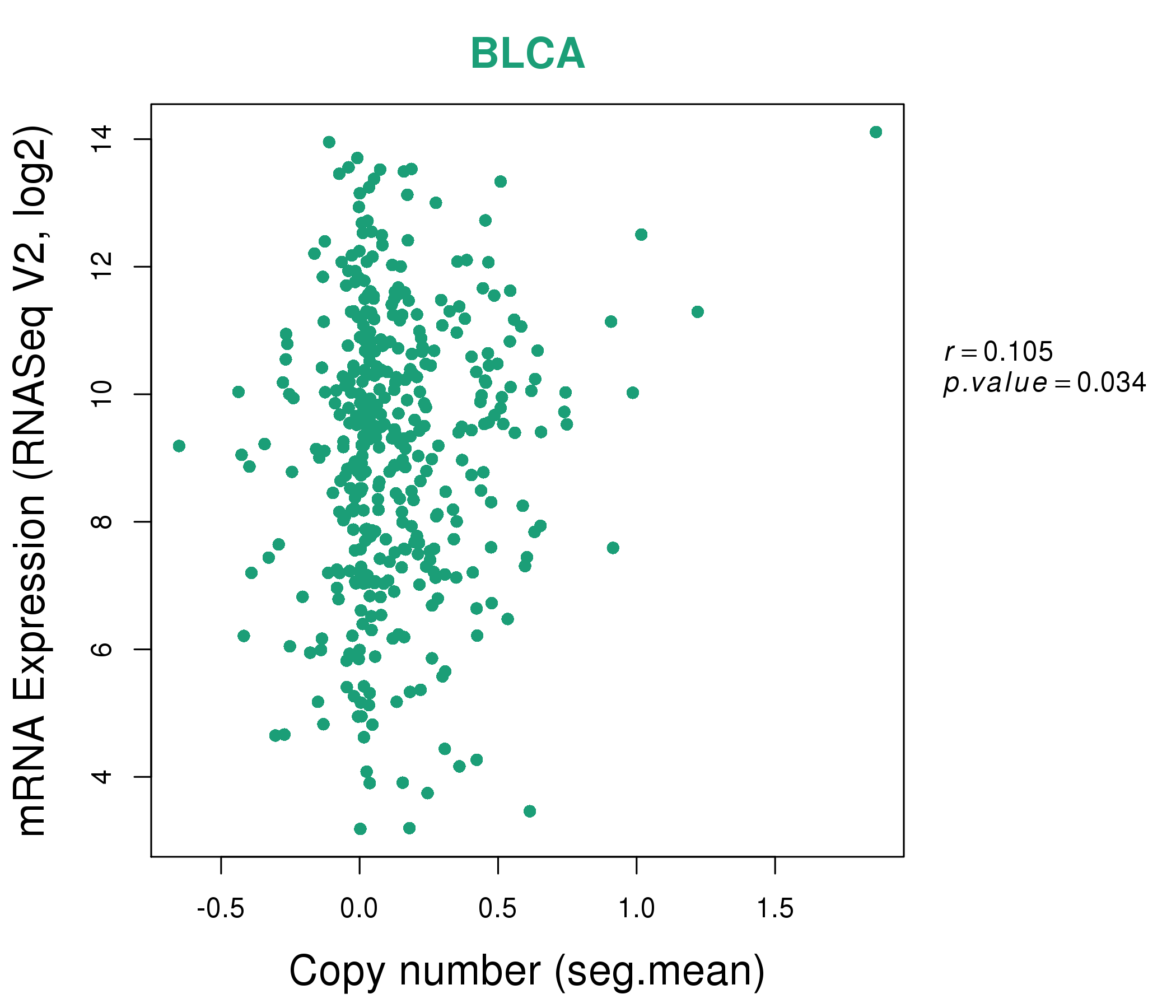 |
|
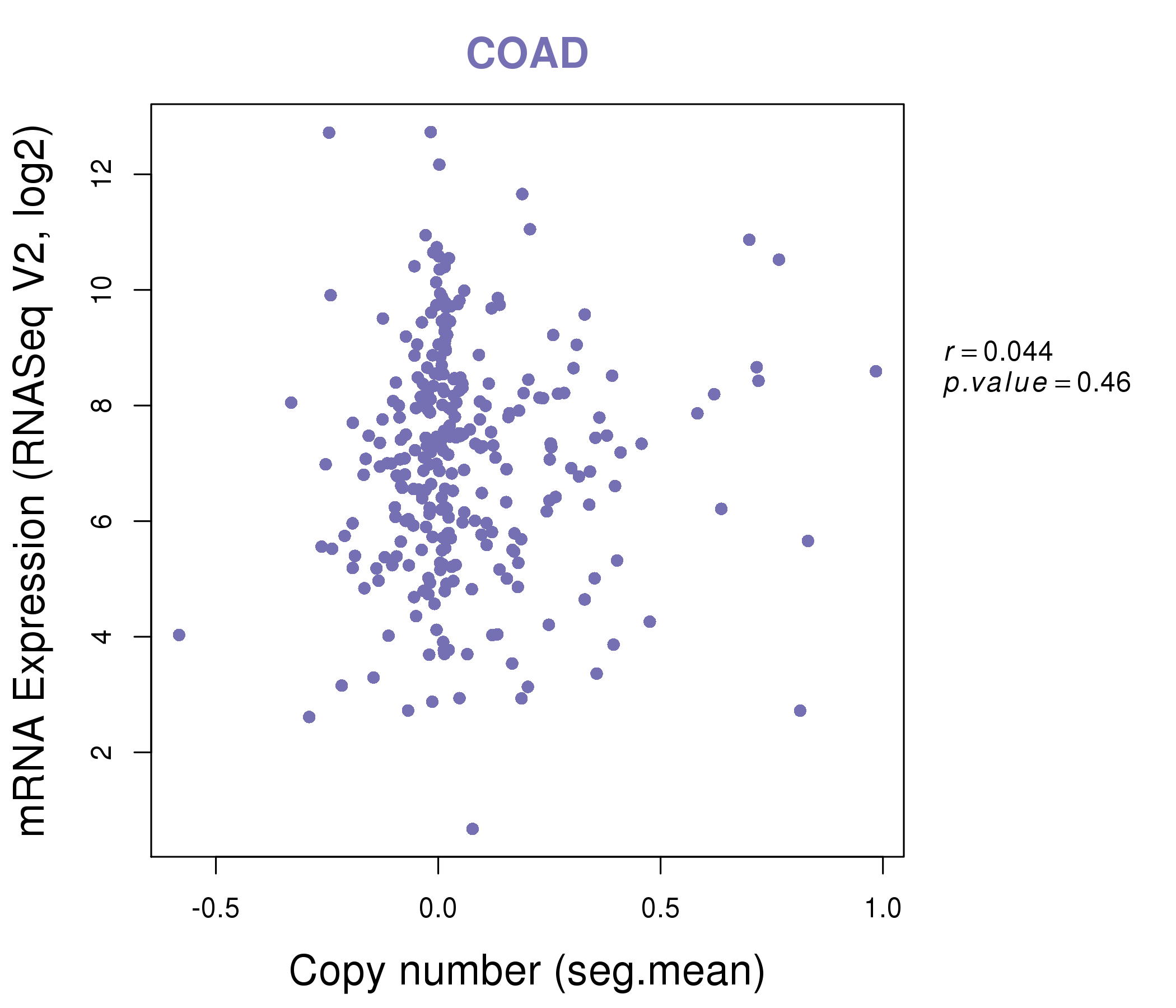 |
|
| Top |
| Gene-Gene Network Information |
| * Co-Expression network figures were drawn using R package igraph. Only the top 20 genes with the highest correlations were shown. Red circle: input gene, orange circle: cell metabolism gene, sky circle: other gene |
: Open all plots for all cancer types
 |
| ||||
| ACTR3B,ADH4,ARID5A,C6orf15,CCND2,DGKI,HOXA11, HOXA11-AS,IRX1,NRG1,OR2T1,PDC,PLA2G4A,PTGS2, QRICH2,SPHK1,SYN3,TAC4,TFAP2D,TMEM132E,TMEM14E | ATF3,B3GNT5,BTG2,CXCL2,CYR61,DUSP1,DUSP5, EGR1,EGR2,FOS,FOSB,IL1B,MAP3K8,NCOA7, NFKBIZ,NR4A2,PTGS2,RGS16,TRIB1,ZFP36,ZFP36L1 | ||||
 |
| ||||
| A2ML1,ACTBL2,ARHGAP29,C8orf86,CAV2,CP,CST6, DAPK1,F3,IGFBP3,IL1RAPL1,ITGA3,LIPK,LOC285830, NKX3-1,PODXL,PRAMEF6,PSG6,PSG9,PTGES,PTGS2 | ATP6V0E2,CCDC160,CCL3,CH25H,EGR1,EGR2,IL9, INTU,KLF11,KLHL20,LOC221710,MSLNL,NALCN,PAGE2, PTGS2,RNU4ATAC,SIK1,SNORA9,TNF,UBE2G2,ZSCAN12P1 |
| * Co-Expression network figures were drawn using R package igraph. Only the top 20 genes with the highest correlations were shown. Red circle: input gene, orange circle: cell metabolism gene, sky circle: other gene |
: Open all plots for all cancer types
| Top |
: Open all interacting genes' information including KEGG pathway for all interacting genes from DAVID
| Top |
| Pharmacological Information for PTGS2 |
| DB Category | DB Name | DB's ID and Url link |
| Chemistry | BindingDB | P35354; -. |
| Chemistry | ChEMBL | CHEMBL2094253; -. |
| Chemistry | GuidetoPHARMACOLOGY | 1376; -. |
| Organism-specific databases | PharmGKB | PA293; -. |
| Organism-specific databases | CTD | 5743; -. |
| * Gene Centered Interaction Network. |
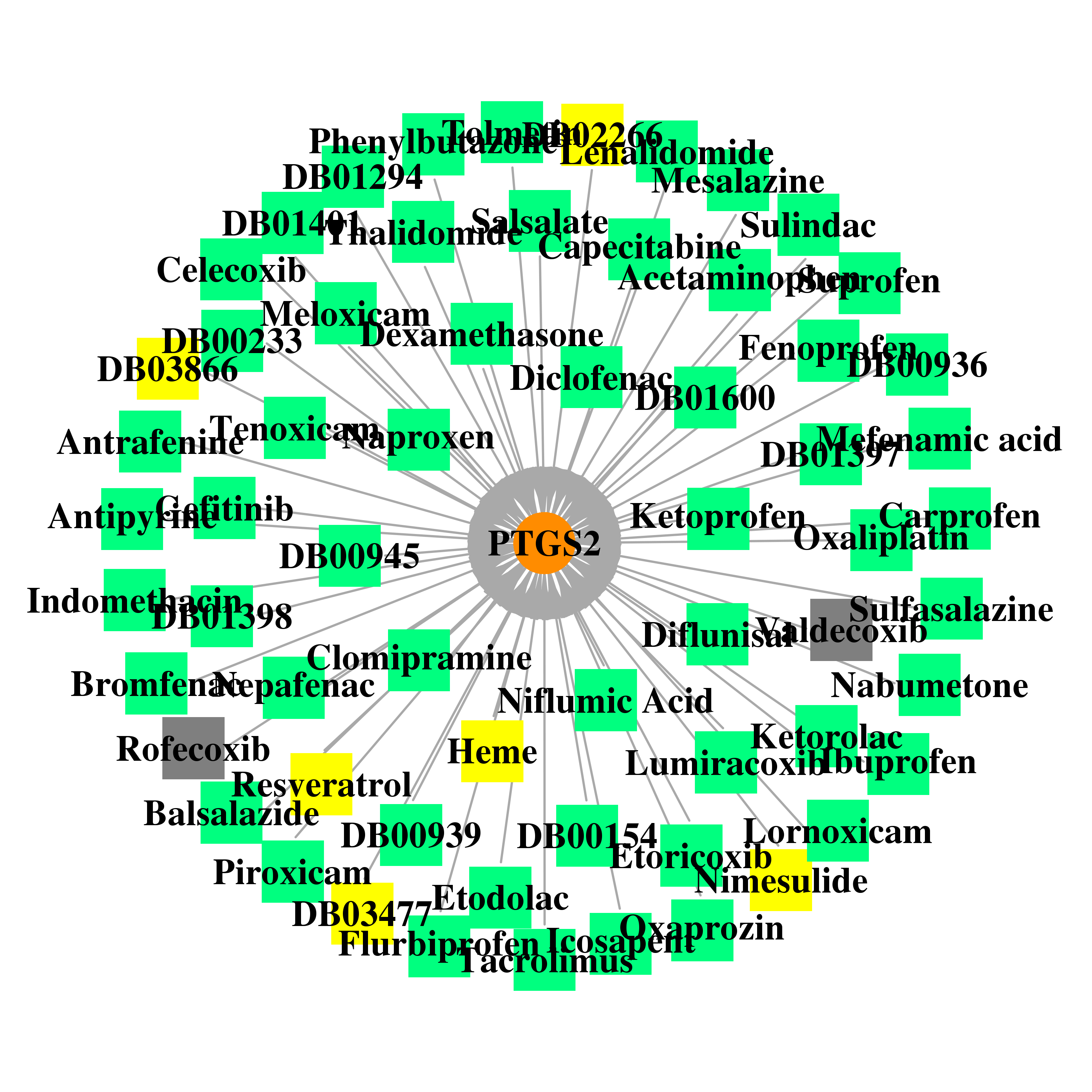 |
| * Drug Centered Interaction Network. |
| DrugBank ID | Target Name | Drug Groups | Generic Name | Drug Centered Network | Drug Structure |
| DB00154 | prostaglandin-endoperoxide synthase 2 (prostaglandin G/H synthase and cyclooxygenase) | approved; nutraceutical | gamma-Homolinolenic acid | 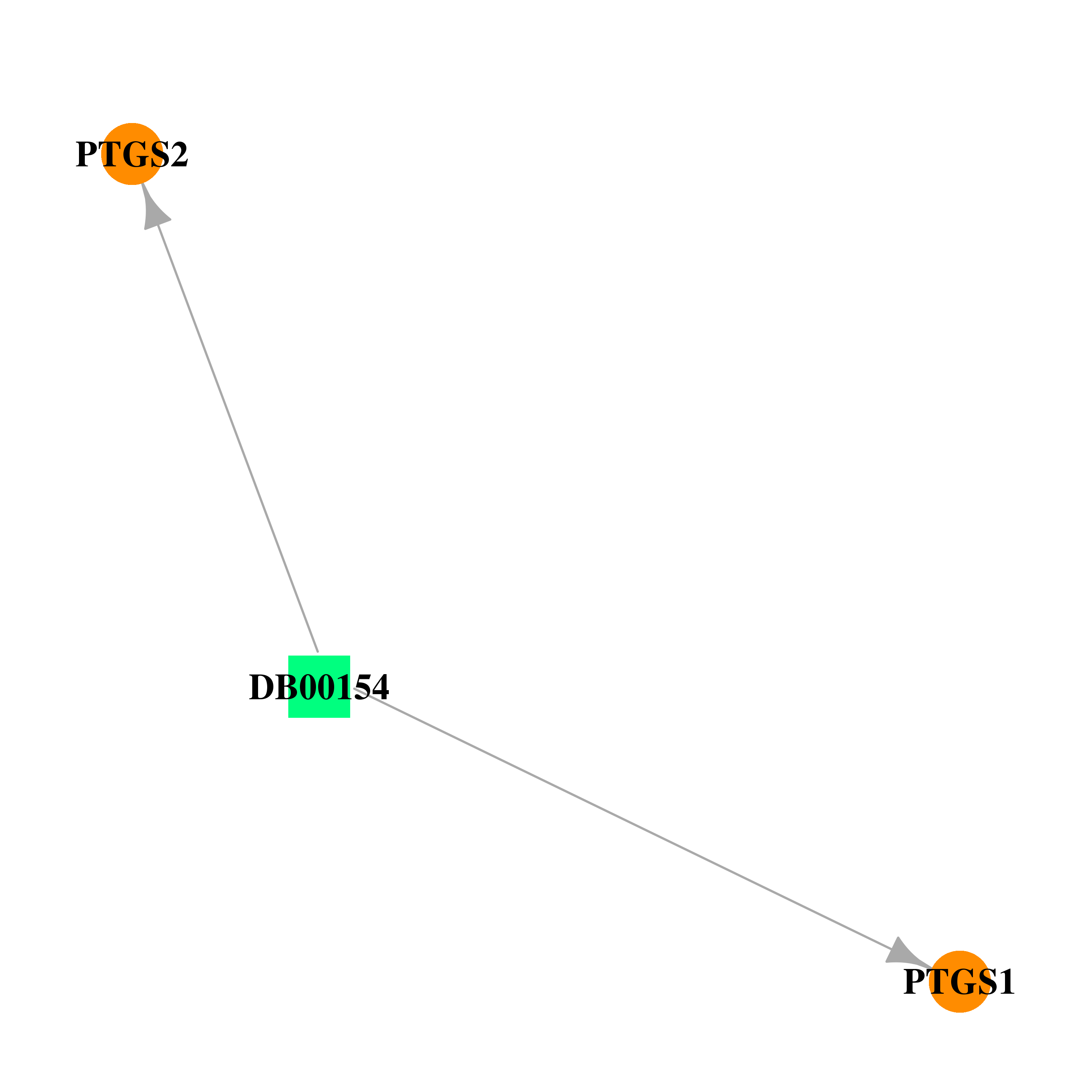 |  |
| DB00159 | prostaglandin-endoperoxide synthase 2 (prostaglandin G/H synthase and cyclooxygenase) | approved; nutraceutical | Icosapent | 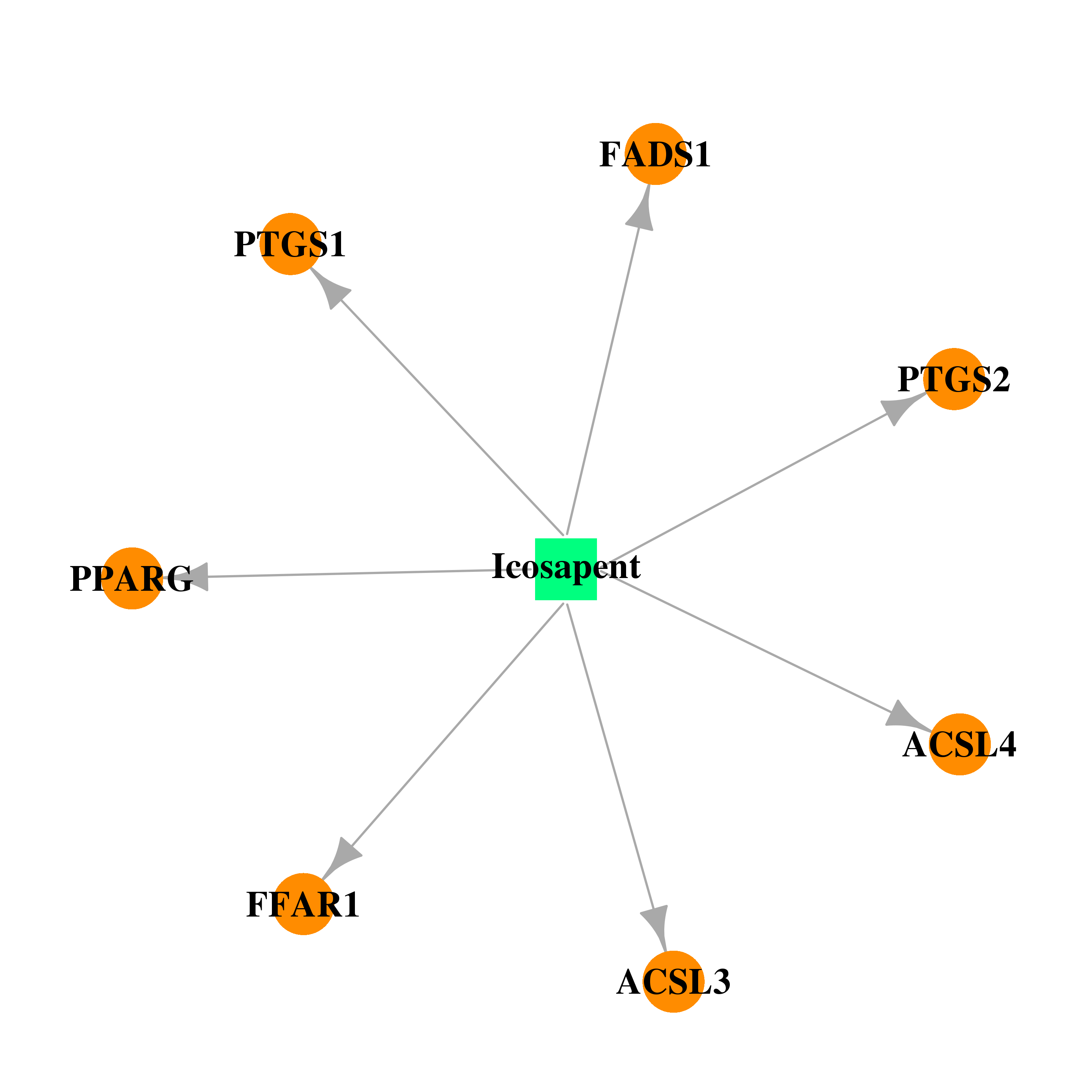 | 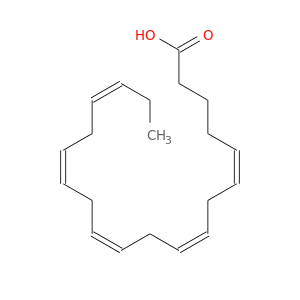 |
| DB00233 | prostaglandin-endoperoxide synthase 2 (prostaglandin G/H synthase and cyclooxygenase) | approved | Aminosalicylic Acid |  | 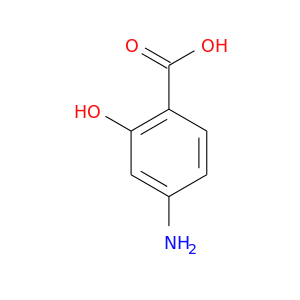 |
| DB00244 | prostaglandin-endoperoxide synthase 2 (prostaglandin G/H synthase and cyclooxygenase) | approved | Mesalazine | 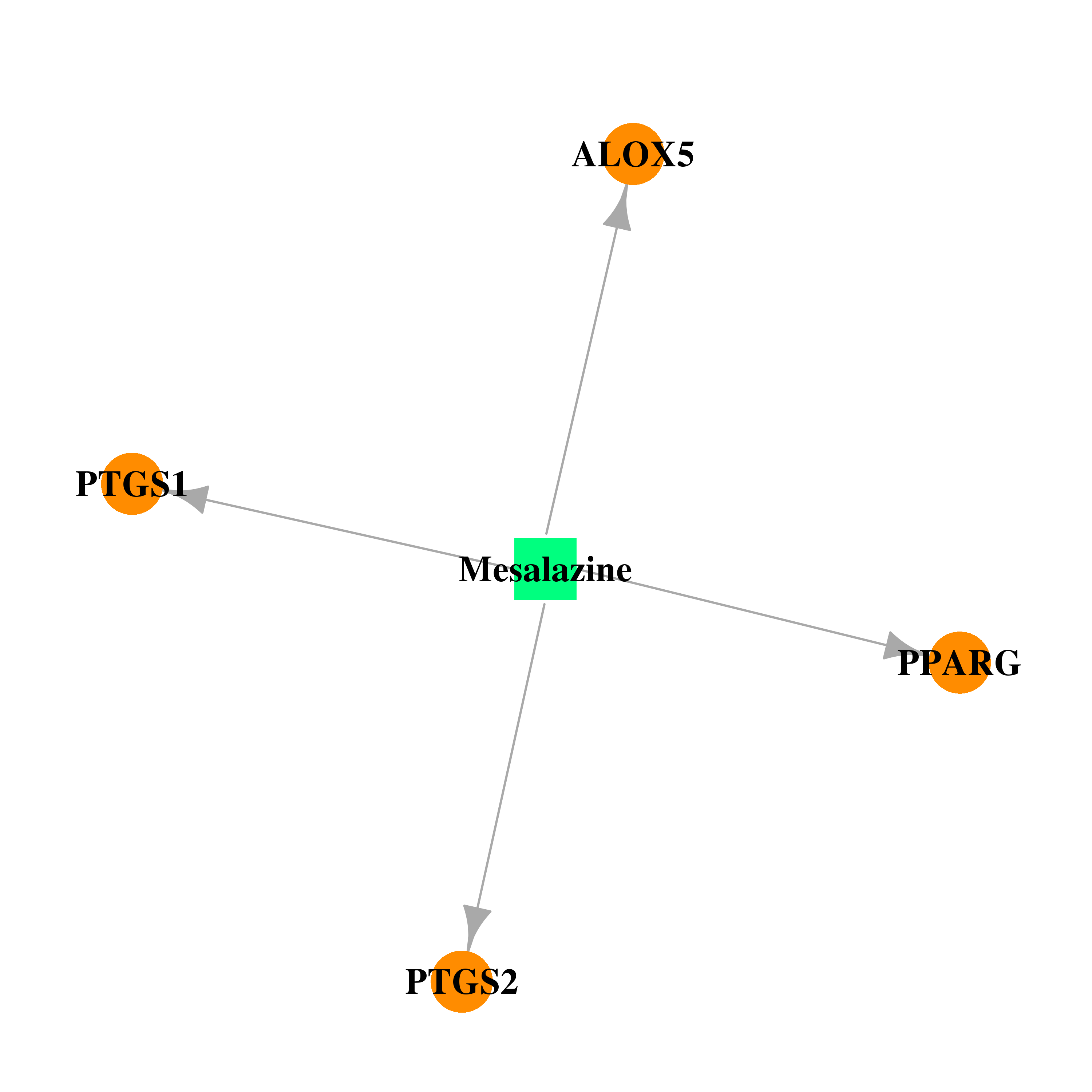 |  |
| DB00316 | prostaglandin-endoperoxide synthase 2 (prostaglandin G/H synthase and cyclooxygenase) | approved | Acetaminophen |  |  |
| DB00328 | prostaglandin-endoperoxide synthase 2 (prostaglandin G/H synthase and cyclooxygenase) | approved; investigational | Indomethacin |  | 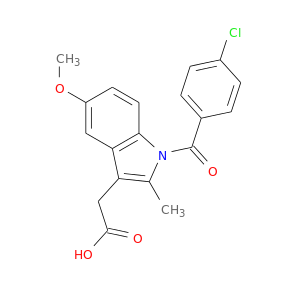 |
| DB00461 | prostaglandin-endoperoxide synthase 2 (prostaglandin G/H synthase and cyclooxygenase) | approved | Nabumetone | 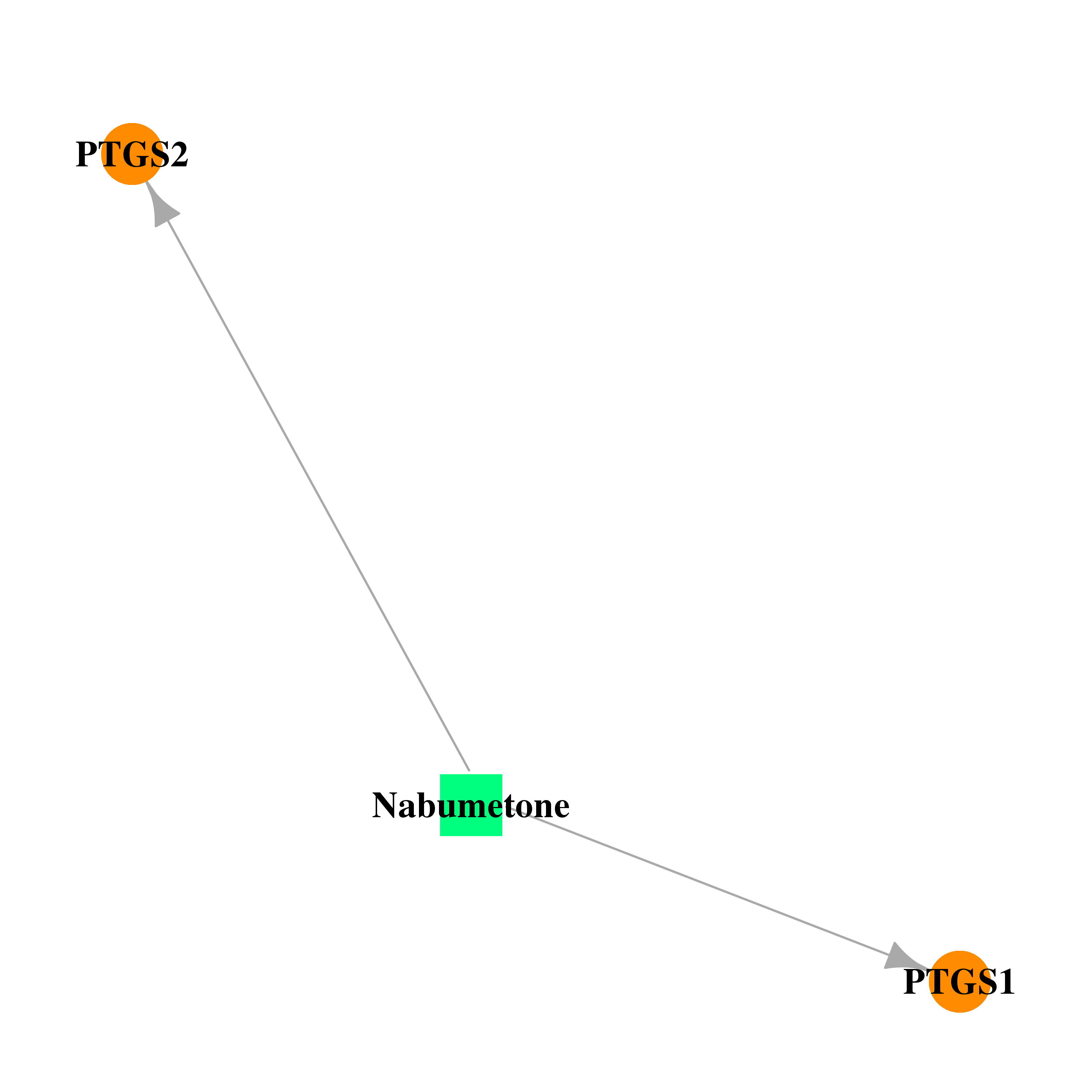 | 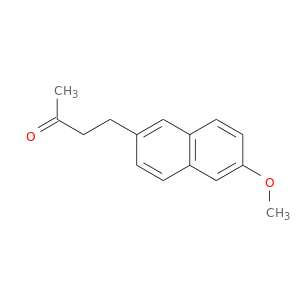 |
| DB00465 | prostaglandin-endoperoxide synthase 2 (prostaglandin G/H synthase and cyclooxygenase) | approved | Ketorolac | 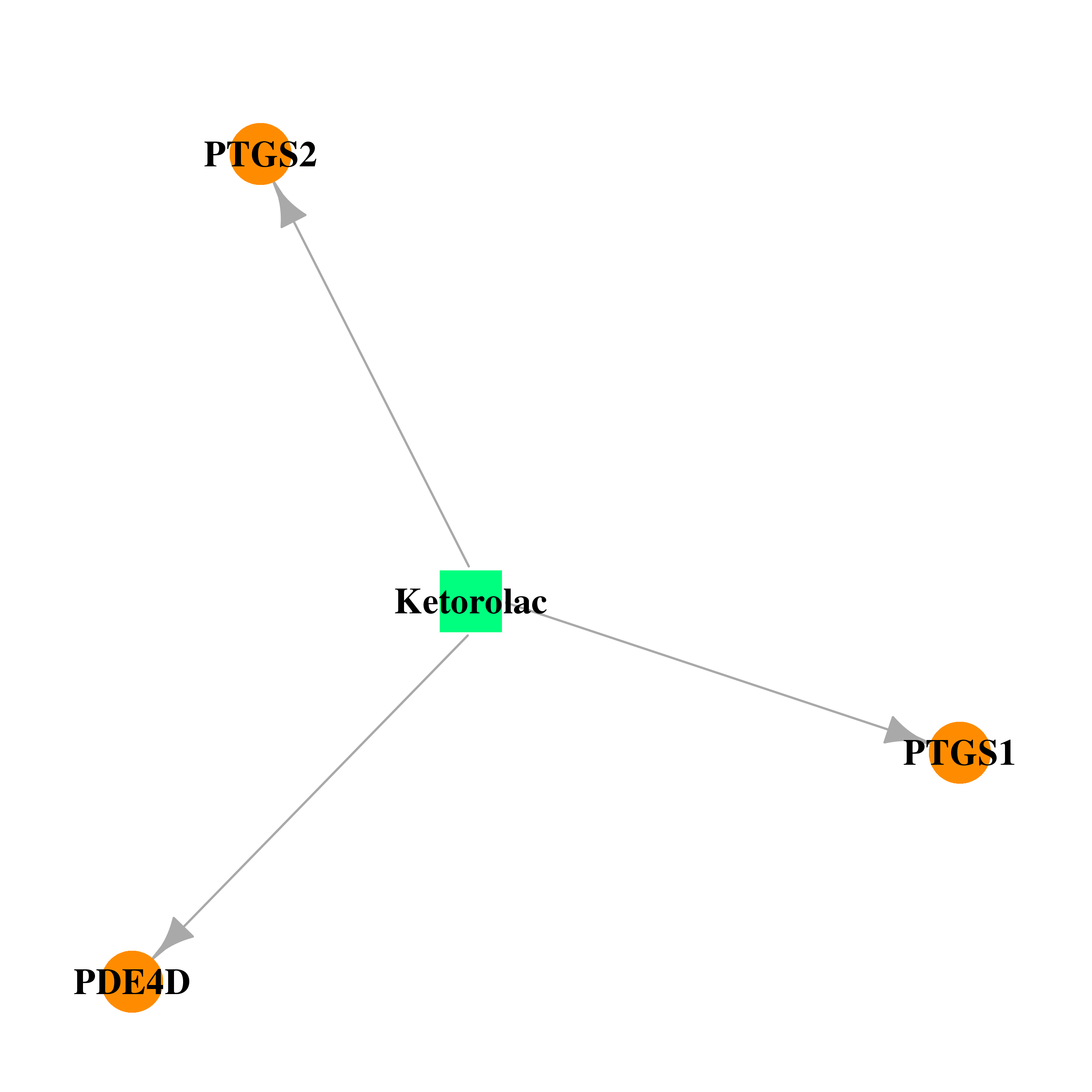 | 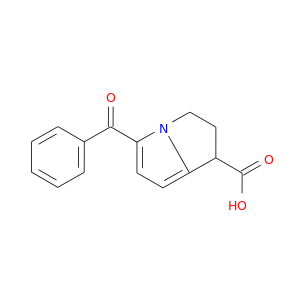 |
| DB00469 | prostaglandin-endoperoxide synthase 2 (prostaglandin G/H synthase and cyclooxygenase) | approved | Tenoxicam |  |  |
| DB00480 | prostaglandin-endoperoxide synthase 2 (prostaglandin G/H synthase and cyclooxygenase) | approved; investigational | Lenalidomide | 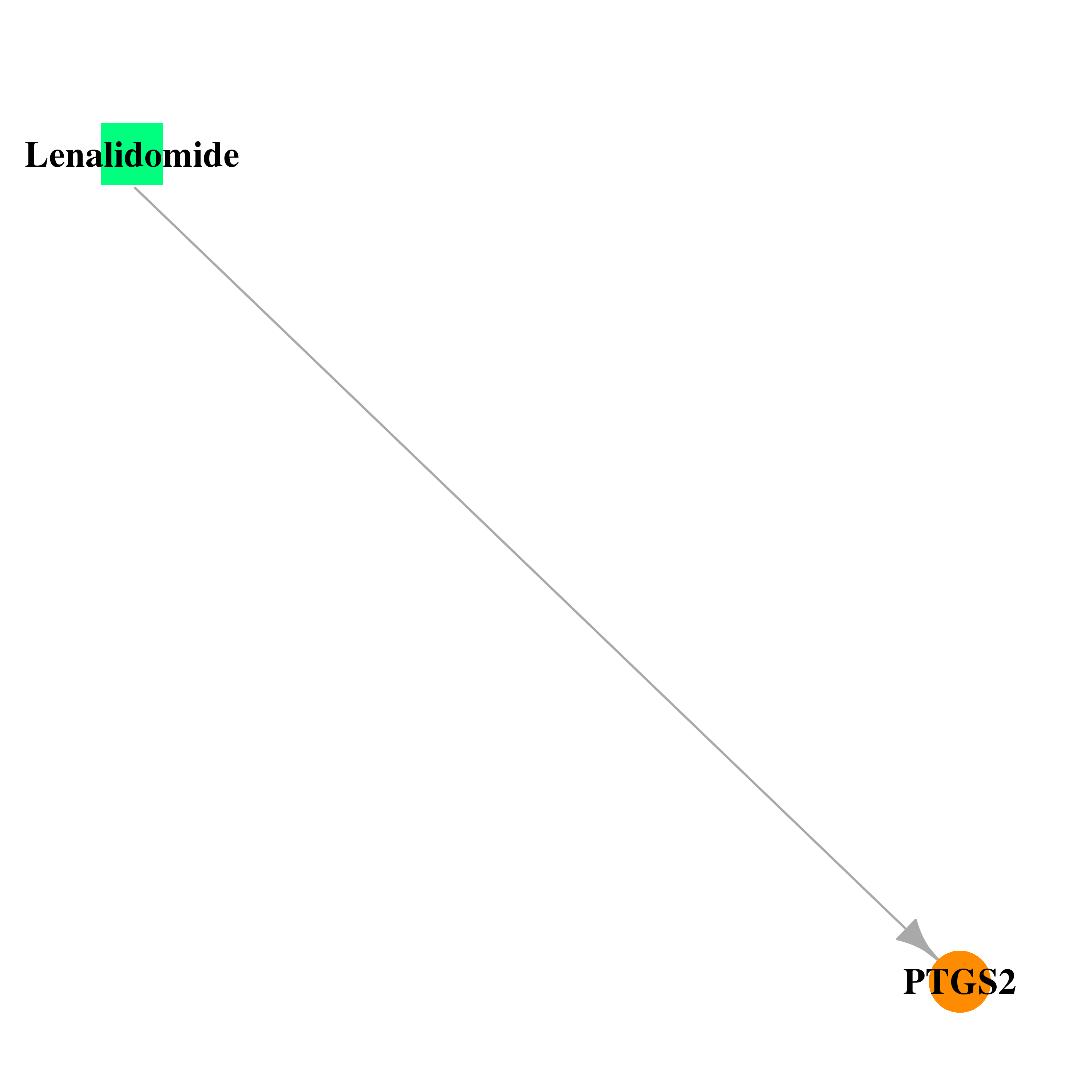 |  |
| DB00482 | prostaglandin-endoperoxide synthase 2 (prostaglandin G/H synthase and cyclooxygenase) | approved; investigational | Celecoxib | 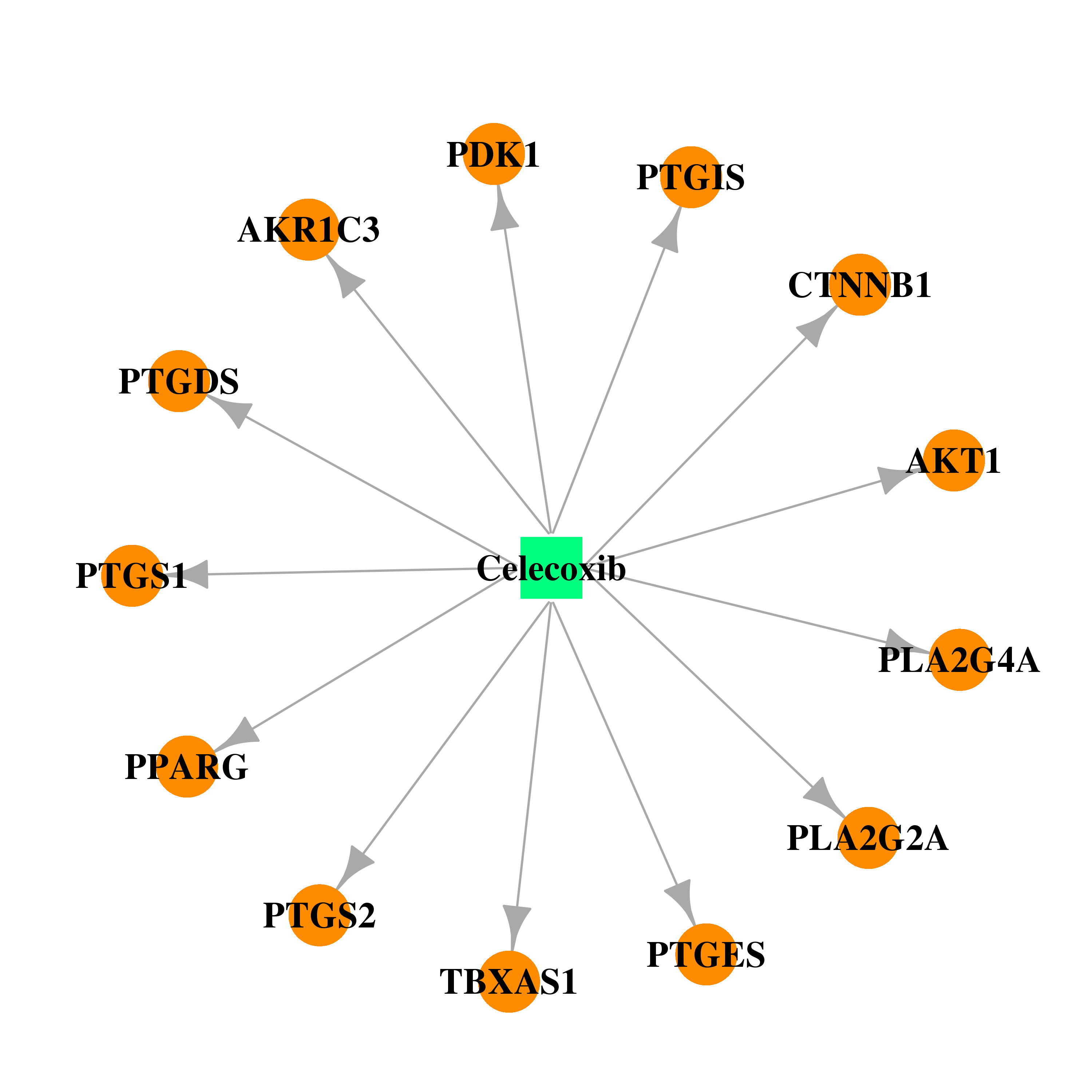 |  |
| DB00500 | prostaglandin-endoperoxide synthase 2 (prostaglandin G/H synthase and cyclooxygenase) | approved | Tolmetin | 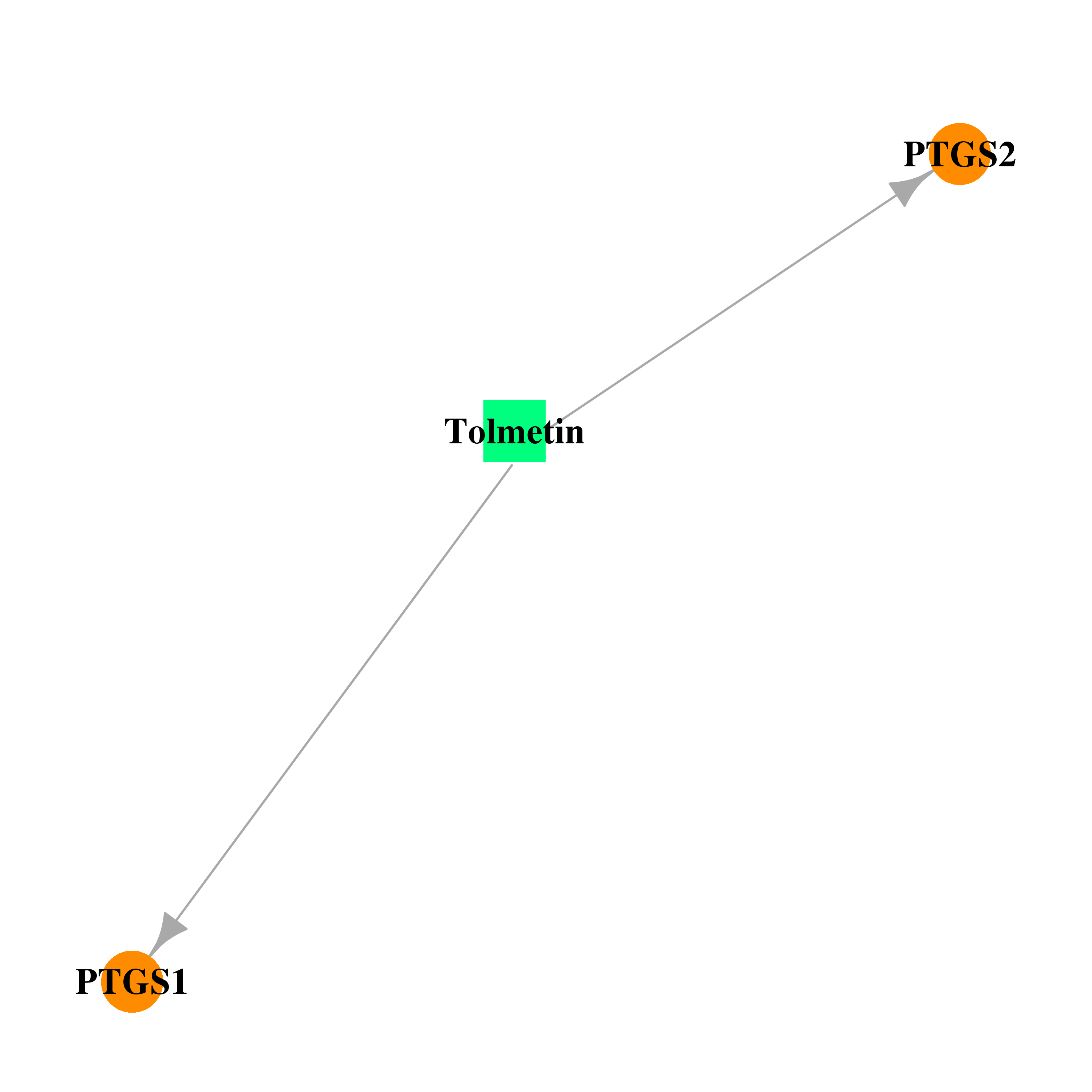 |  |
| DB00533 | prostaglandin-endoperoxide synthase 2 (prostaglandin G/H synthase and cyclooxygenase) | withdrawn; investigational | Rofecoxib | 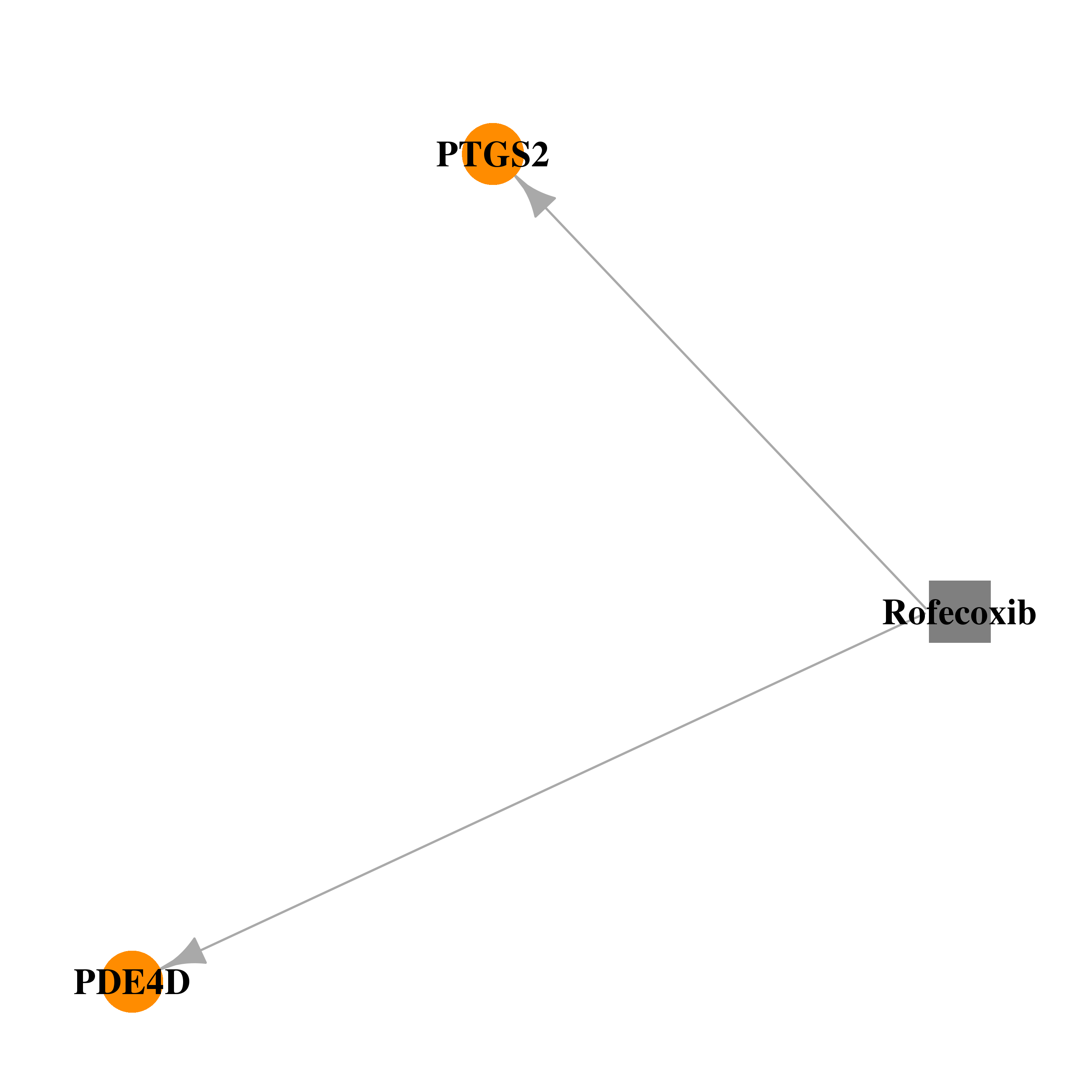 |  |
| DB00554 | prostaglandin-endoperoxide synthase 2 (prostaglandin G/H synthase and cyclooxygenase) | approved; investigational | Piroxicam | 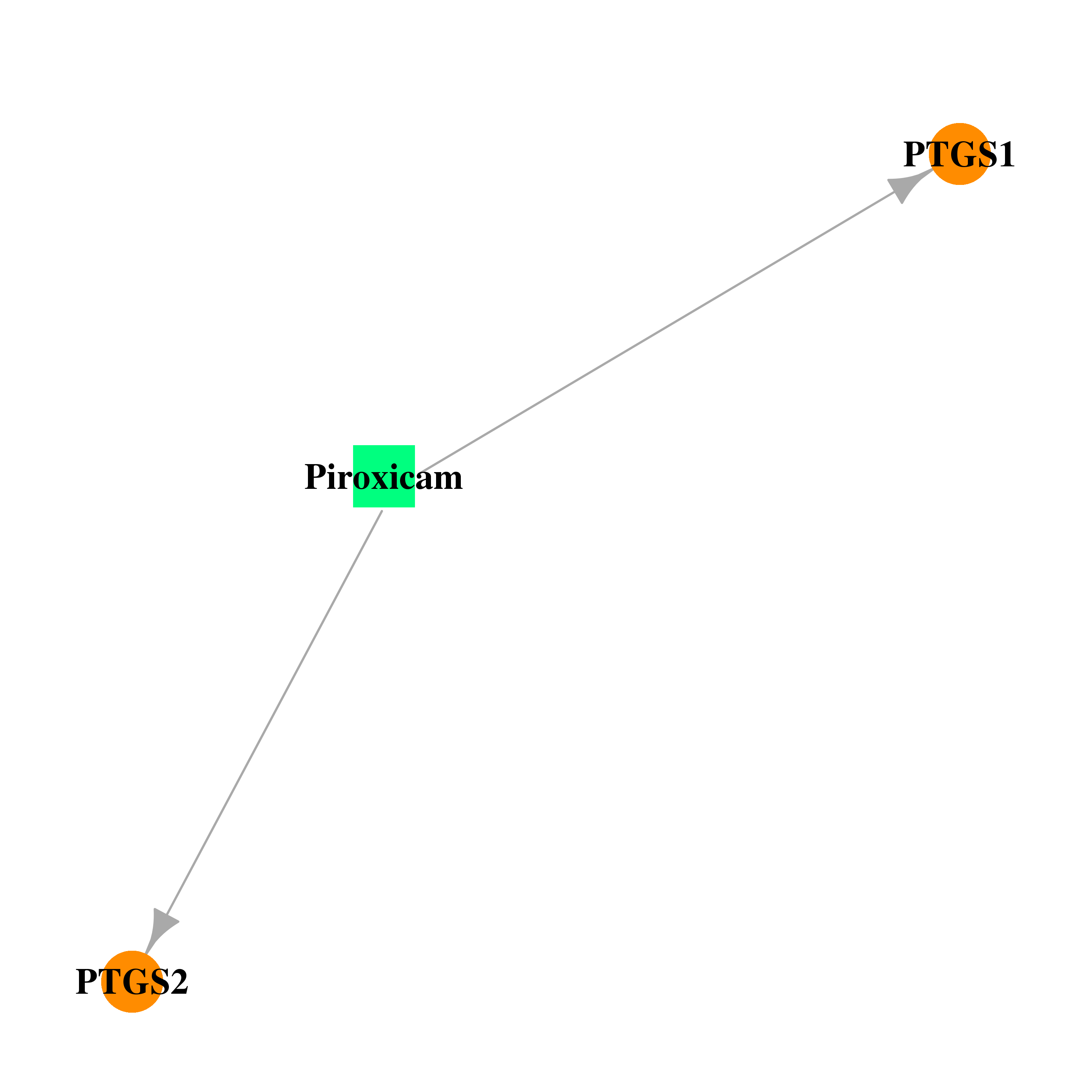 |  |
| DB00573 | prostaglandin-endoperoxide synthase 2 (prostaglandin G/H synthase and cyclooxygenase) | approved | Fenoprofen | 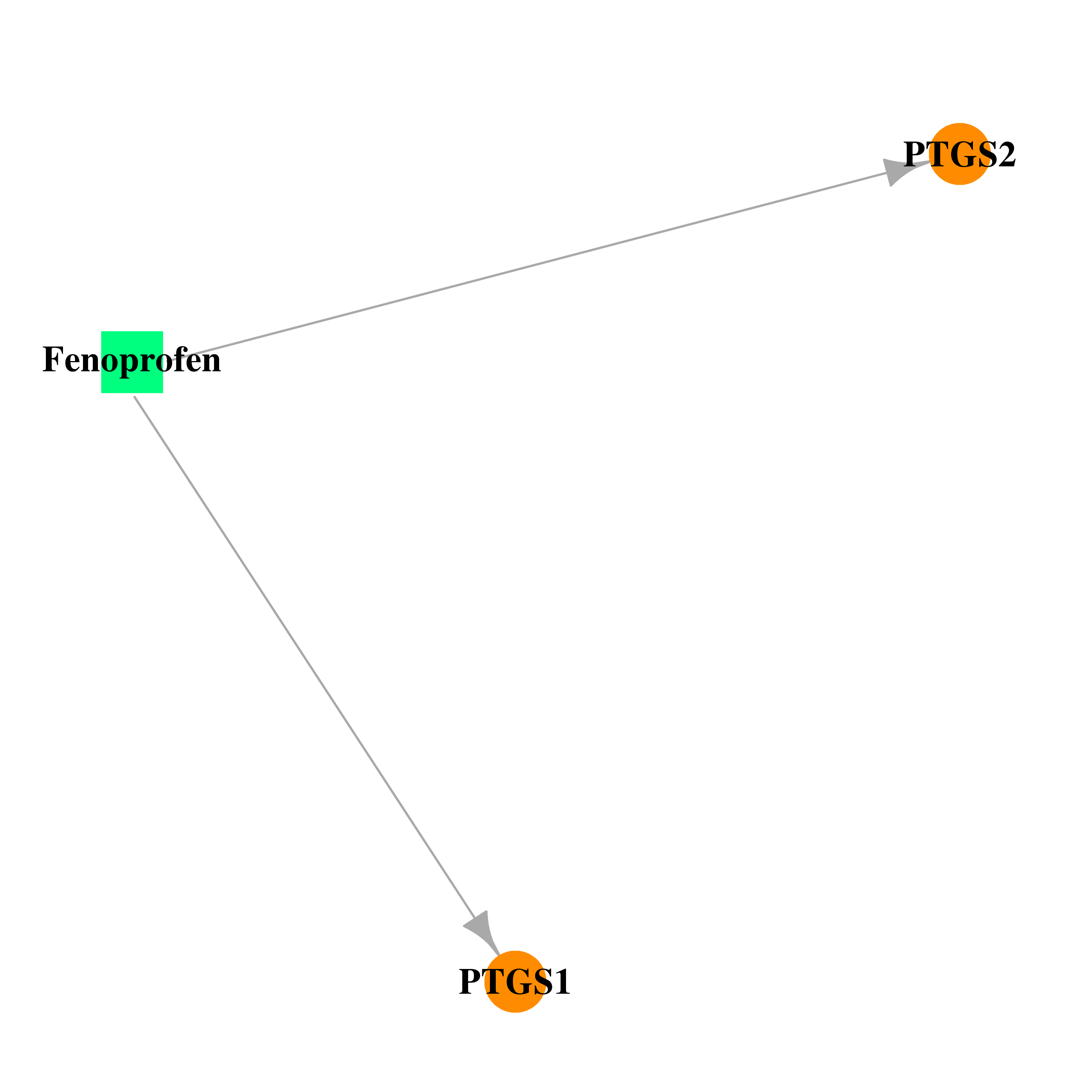 |  |
| DB00580 | prostaglandin-endoperoxide synthase 2 (prostaglandin G/H synthase and cyclooxygenase) | withdrawn; investigational | Valdecoxib | 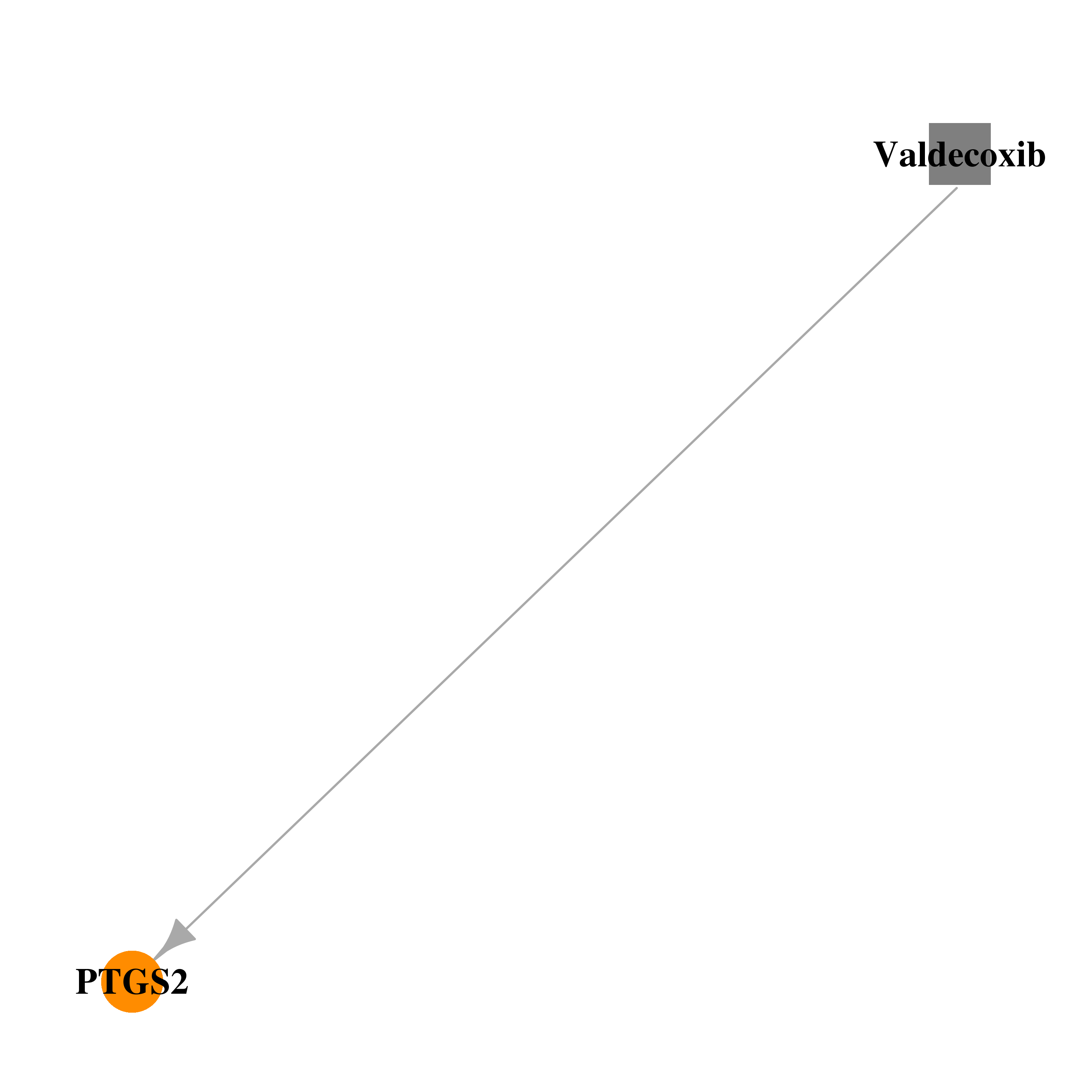 |  |
| DB00586 | prostaglandin-endoperoxide synthase 2 (prostaglandin G/H synthase and cyclooxygenase) | approved | Diclofenac |  | 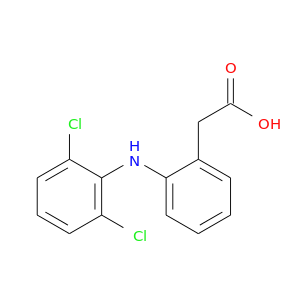 |
| DB00605 | prostaglandin-endoperoxide synthase 2 (prostaglandin G/H synthase and cyclooxygenase) | approved | Sulindac |  | 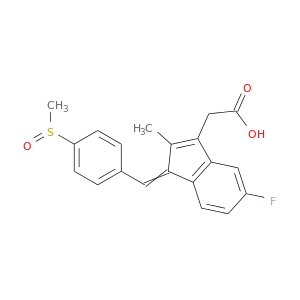 |
| DB00712 | prostaglandin-endoperoxide synthase 2 (prostaglandin G/H synthase and cyclooxygenase) | approved | Flurbiprofen |  | 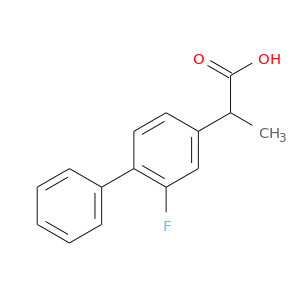 |
| DB00749 | prostaglandin-endoperoxide synthase 2 (prostaglandin G/H synthase and cyclooxygenase) | approved; investigational | Etodolac | 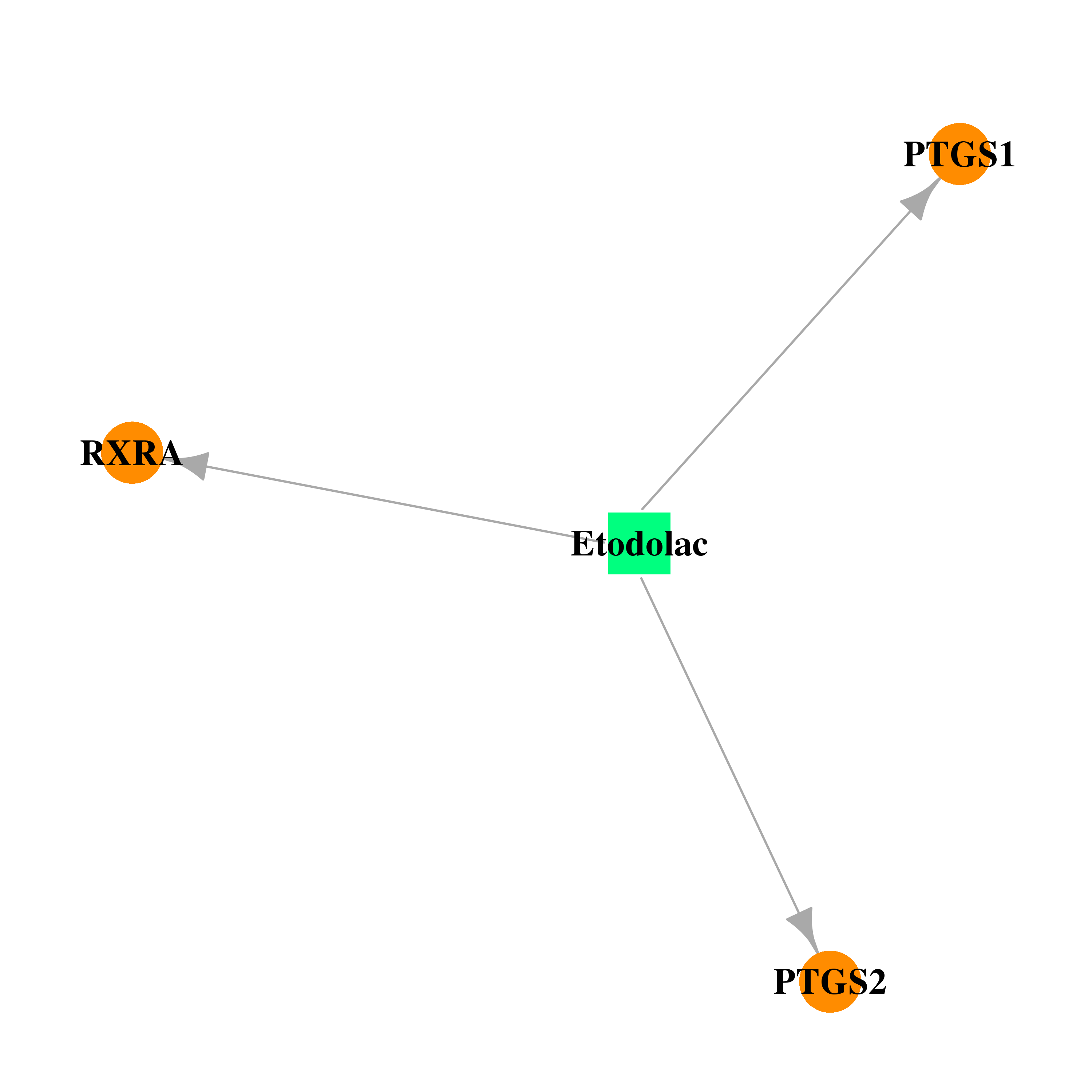 |  |
| DB00784 | prostaglandin-endoperoxide synthase 2 (prostaglandin G/H synthase and cyclooxygenase) | approved | Mefenamic acid | 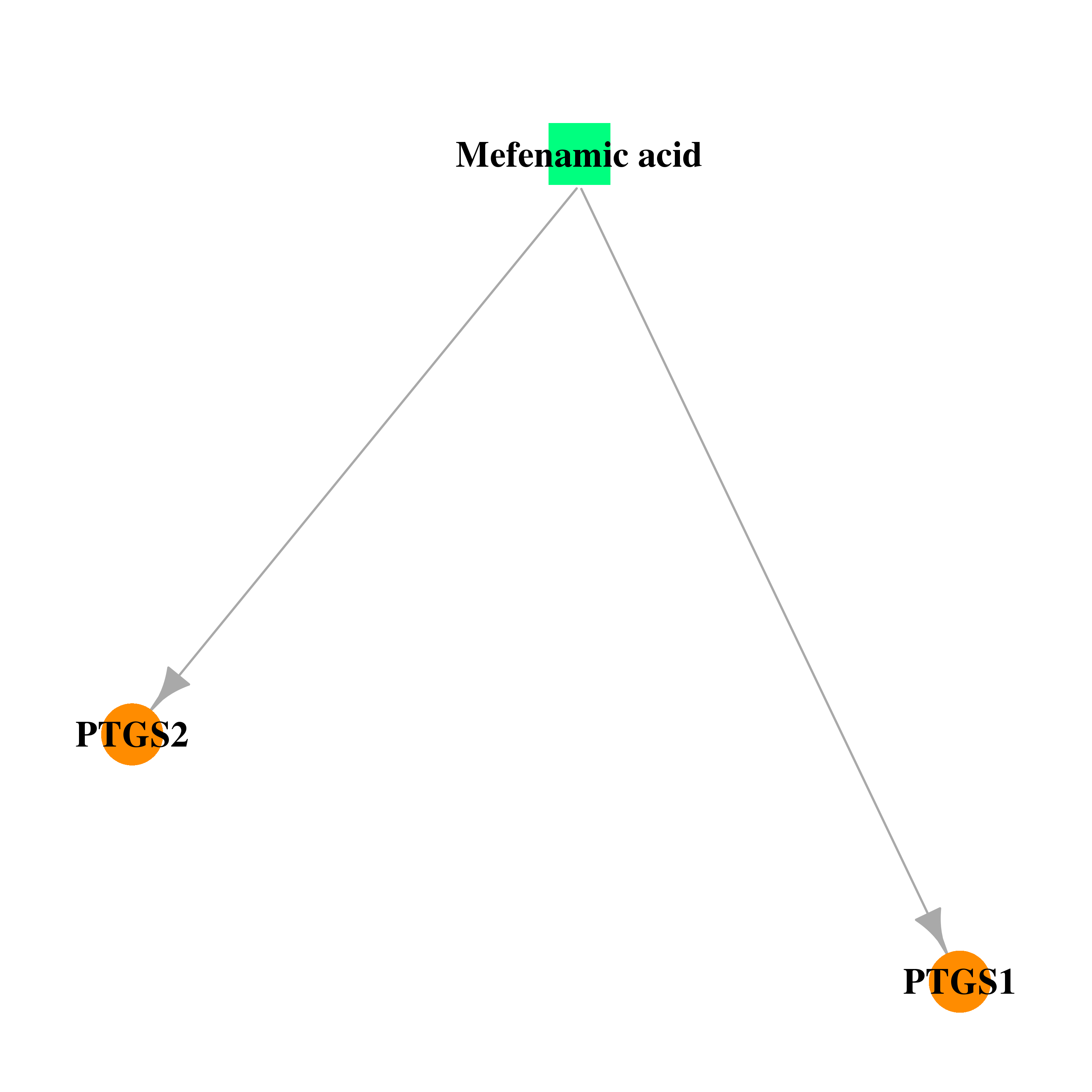 | 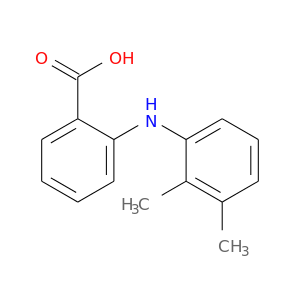 |
| DB00788 | prostaglandin-endoperoxide synthase 2 (prostaglandin G/H synthase and cyclooxygenase) | approved | Naproxen | 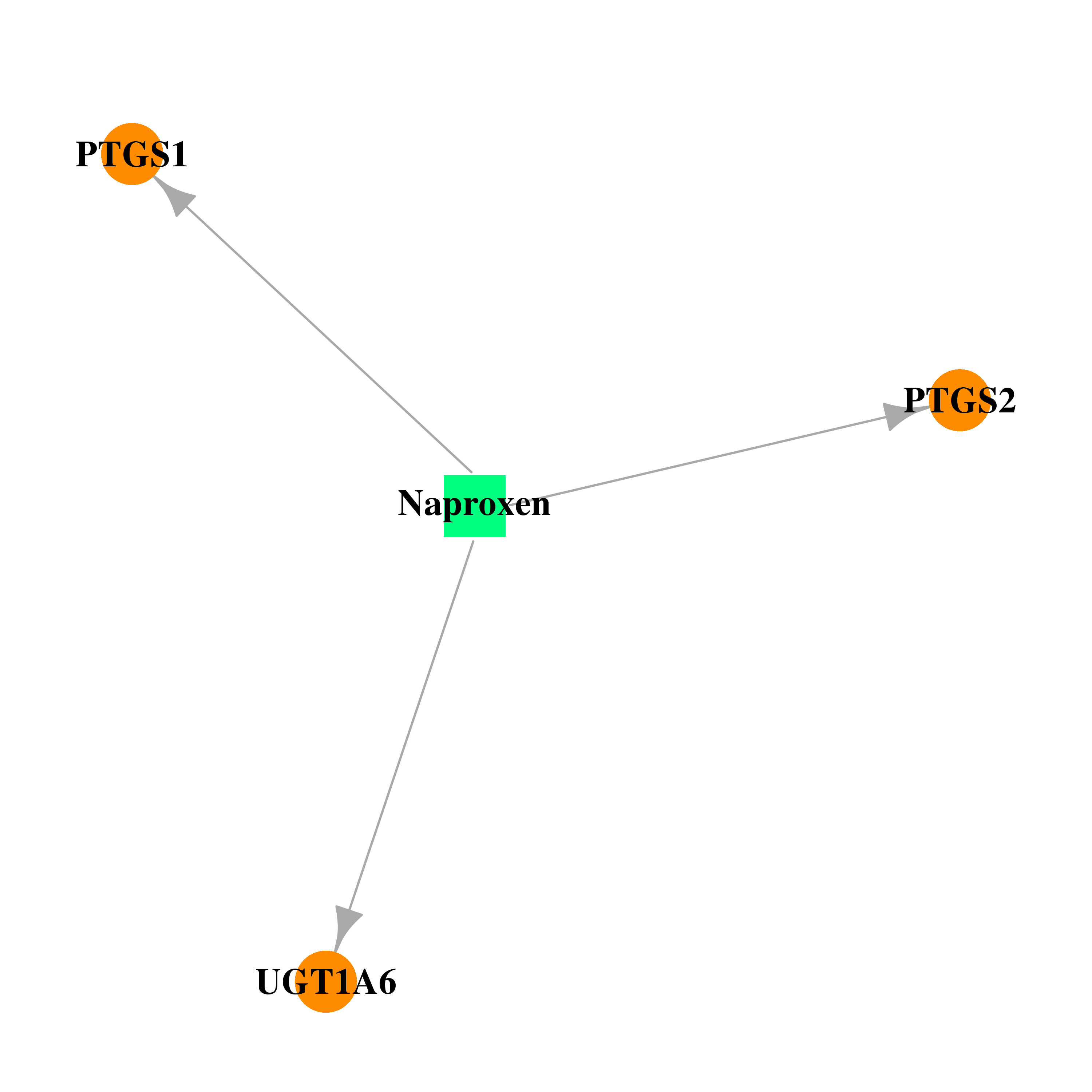 | 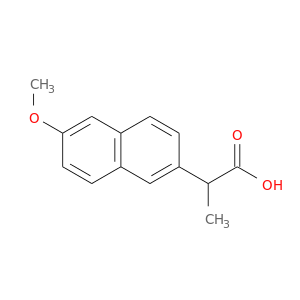 |
| DB00795 | prostaglandin-endoperoxide synthase 2 (prostaglandin G/H synthase and cyclooxygenase) | approved | Sulfasalazine |  | 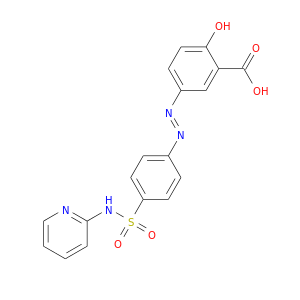 |
| DB00812 | prostaglandin-endoperoxide synthase 2 (prostaglandin G/H synthase and cyclooxygenase) | approved | Phenylbutazone | 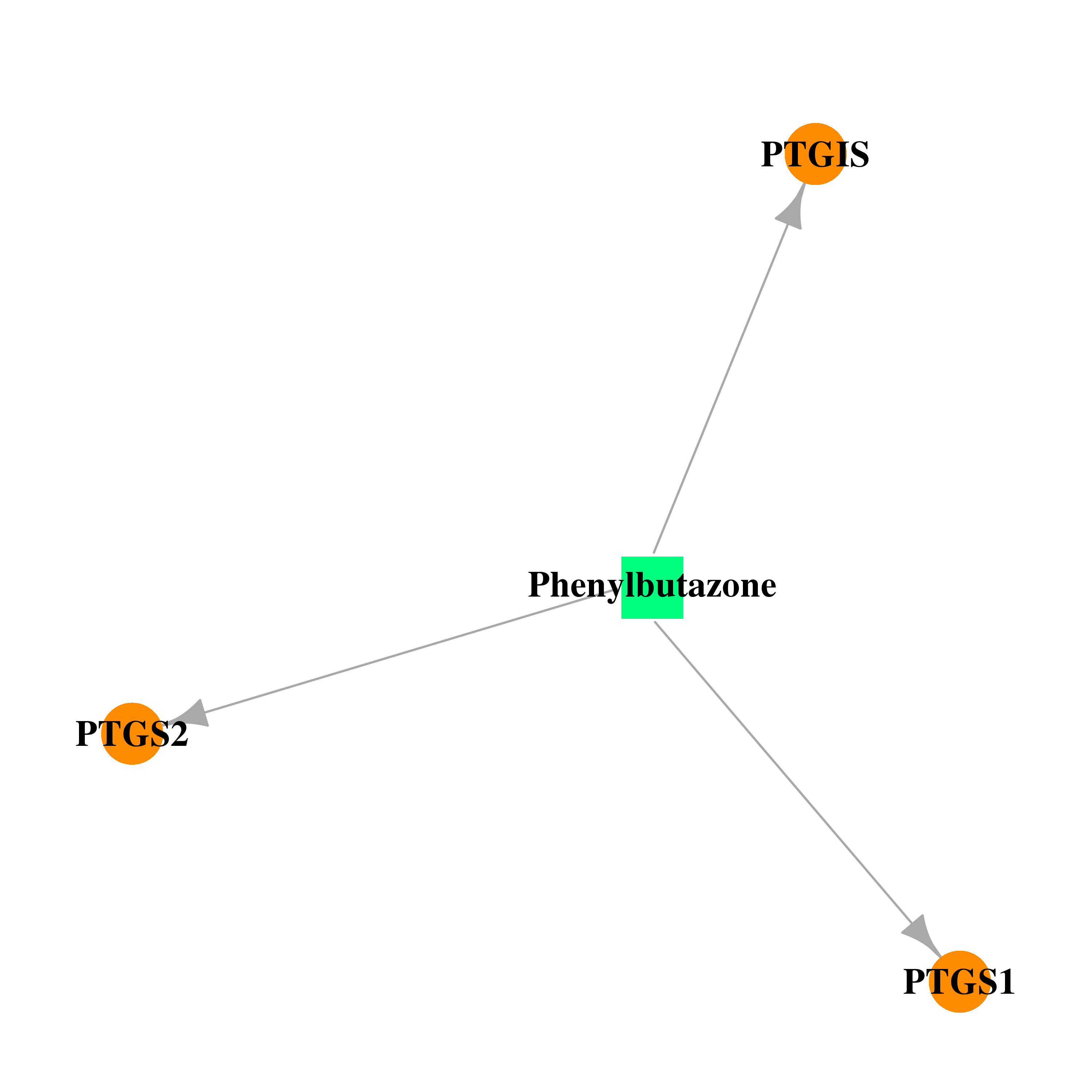 |  |
| DB00814 | prostaglandin-endoperoxide synthase 2 (prostaglandin G/H synthase and cyclooxygenase) | approved | Meloxicam | 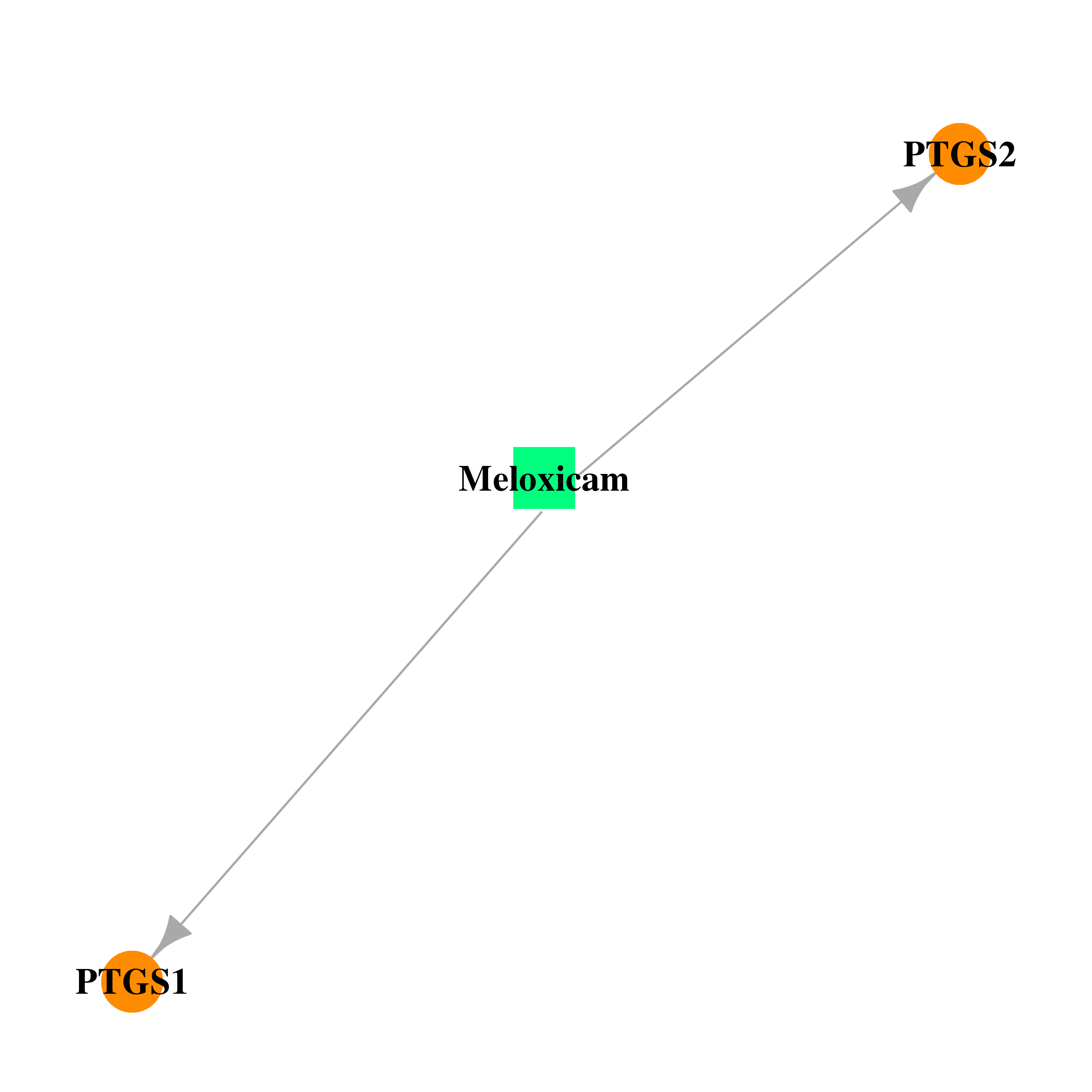 | 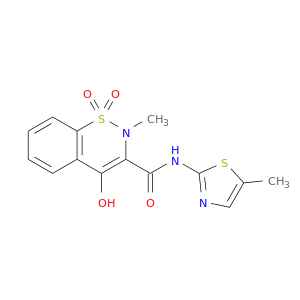 |
| DB00821 | prostaglandin-endoperoxide synthase 2 (prostaglandin G/H synthase and cyclooxygenase) | approved | Carprofen | 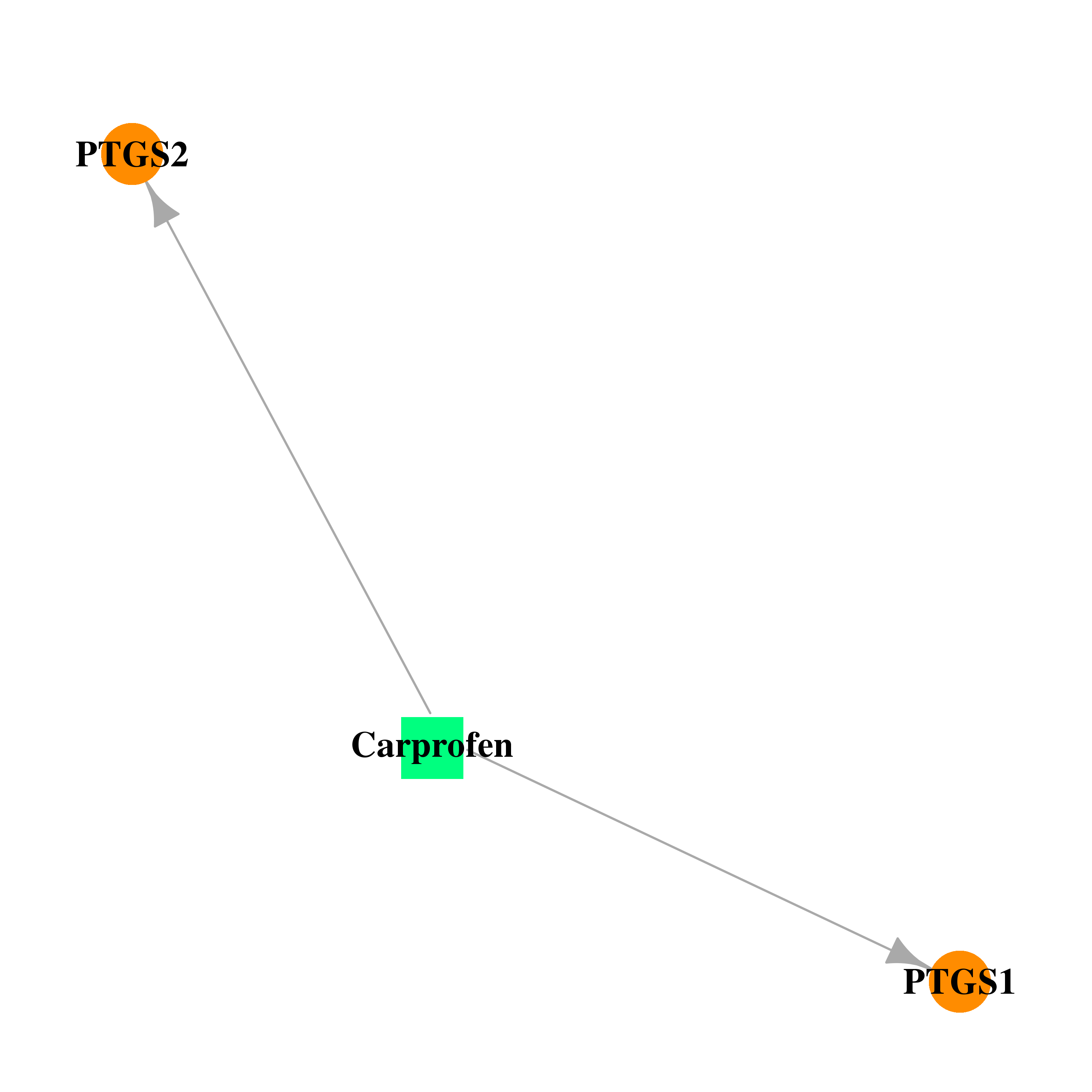 |  |
| DB00861 | prostaglandin-endoperoxide synthase 2 (prostaglandin G/H synthase and cyclooxygenase) | approved | Diflunisal |  | 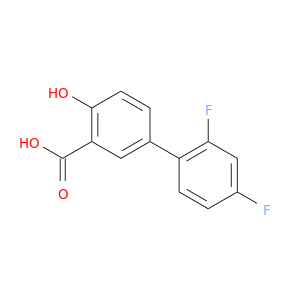 |
| DB00870 | prostaglandin-endoperoxide synthase 2 (prostaglandin G/H synthase and cyclooxygenase) | approved | Suprofen |  | 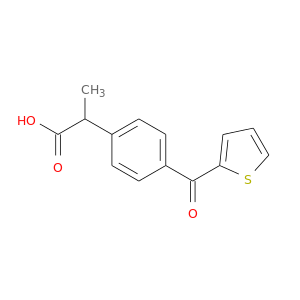 |
| DB00936 | prostaglandin-endoperoxide synthase 2 (prostaglandin G/H synthase and cyclooxygenase) | approved | Salicyclic acid |  |  |
| DB00939 | prostaglandin-endoperoxide synthase 2 (prostaglandin G/H synthase and cyclooxygenase) | approved | Meclofenamic acid |  | 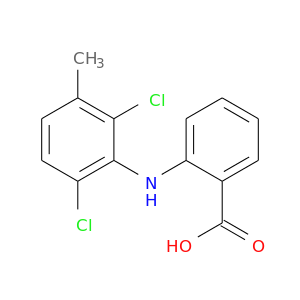 |
| DB00945 | prostaglandin-endoperoxide synthase 2 (prostaglandin G/H synthase and cyclooxygenase) | approved | Acetylsalicylic acid | 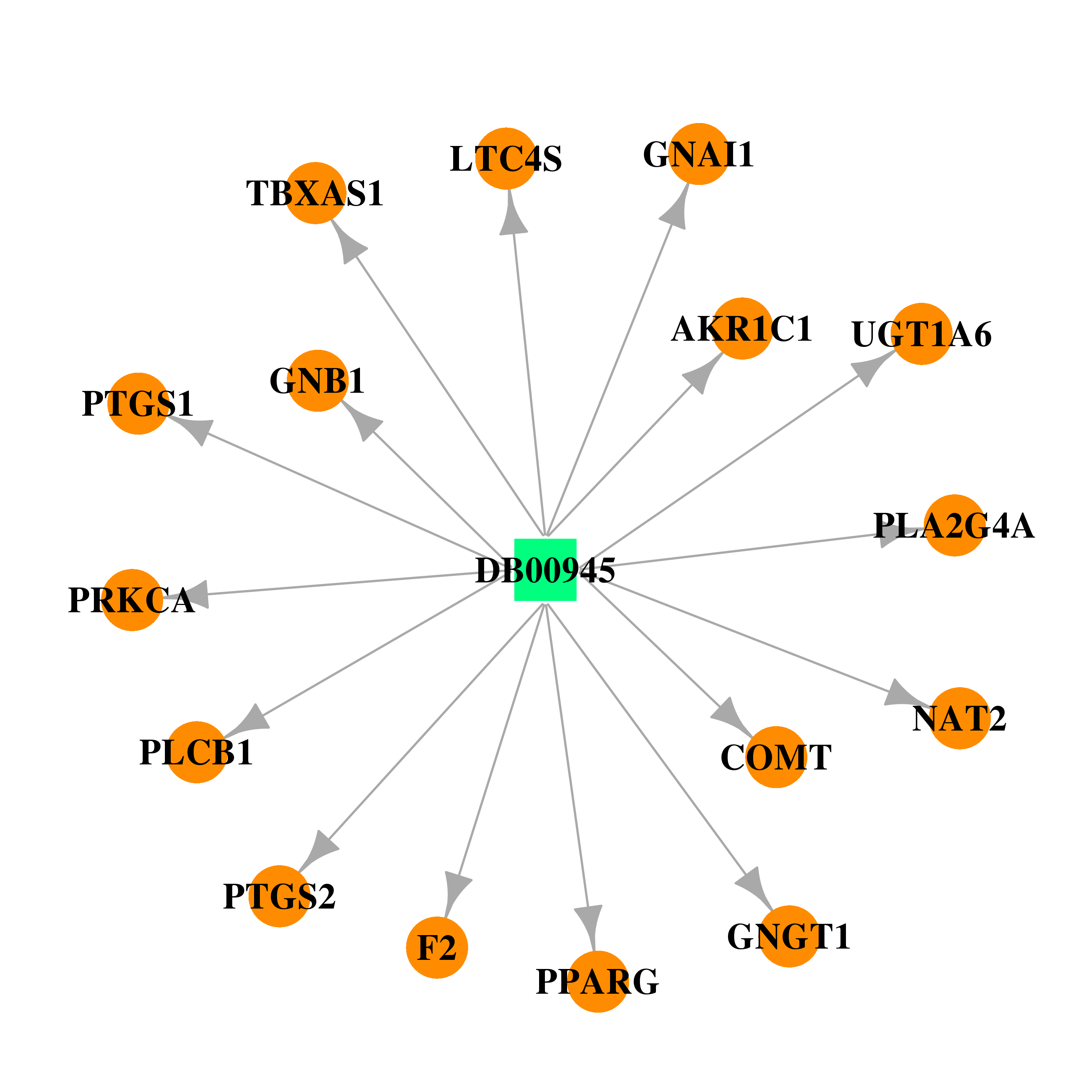 |  |
| DB00963 | prostaglandin-endoperoxide synthase 2 (prostaglandin G/H synthase and cyclooxygenase) | approved | Bromfenac | 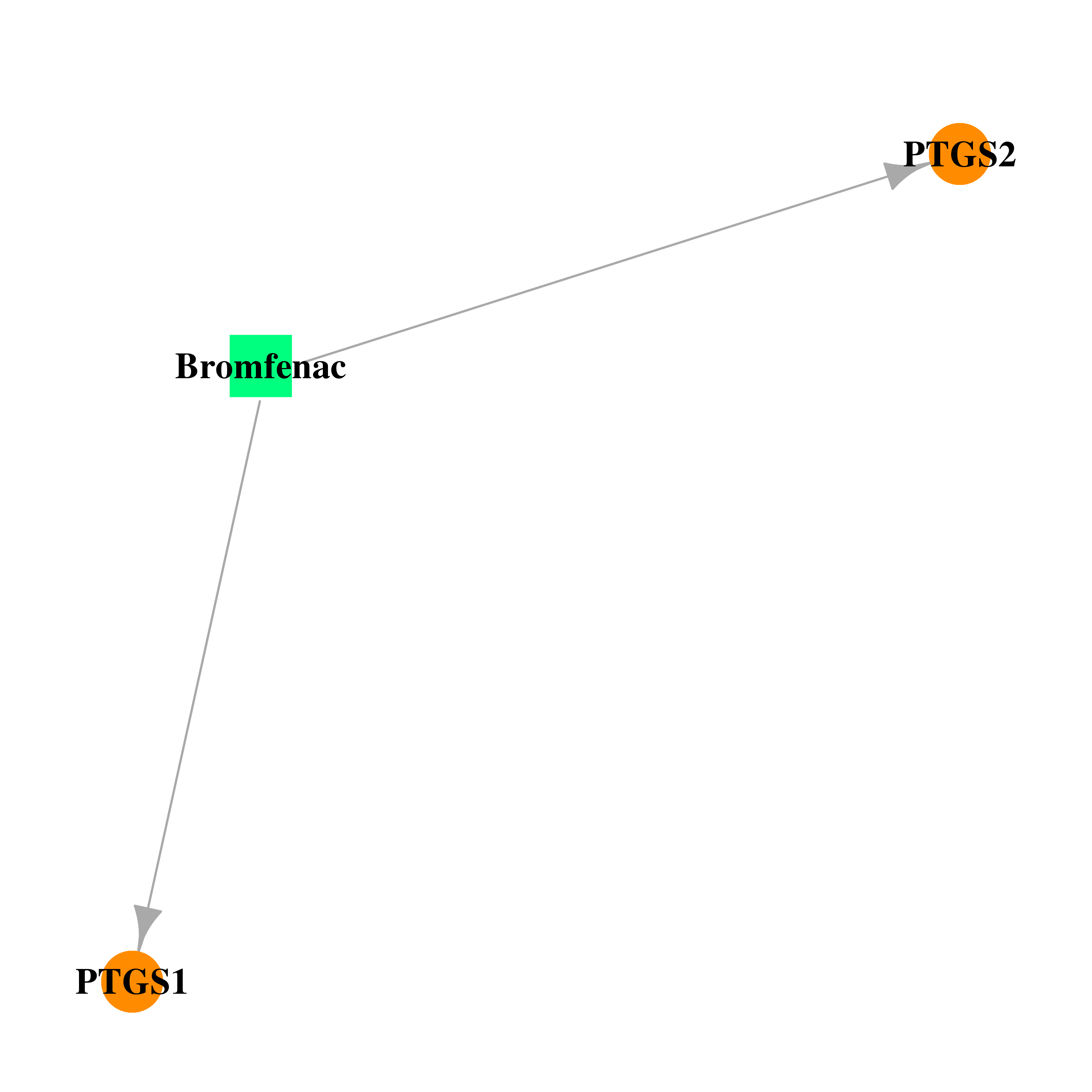 | 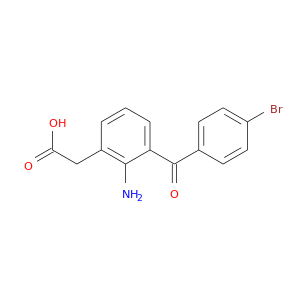 |
| DB00991 | prostaglandin-endoperoxide synthase 2 (prostaglandin G/H synthase and cyclooxygenase) | approved | Oxaprozin | 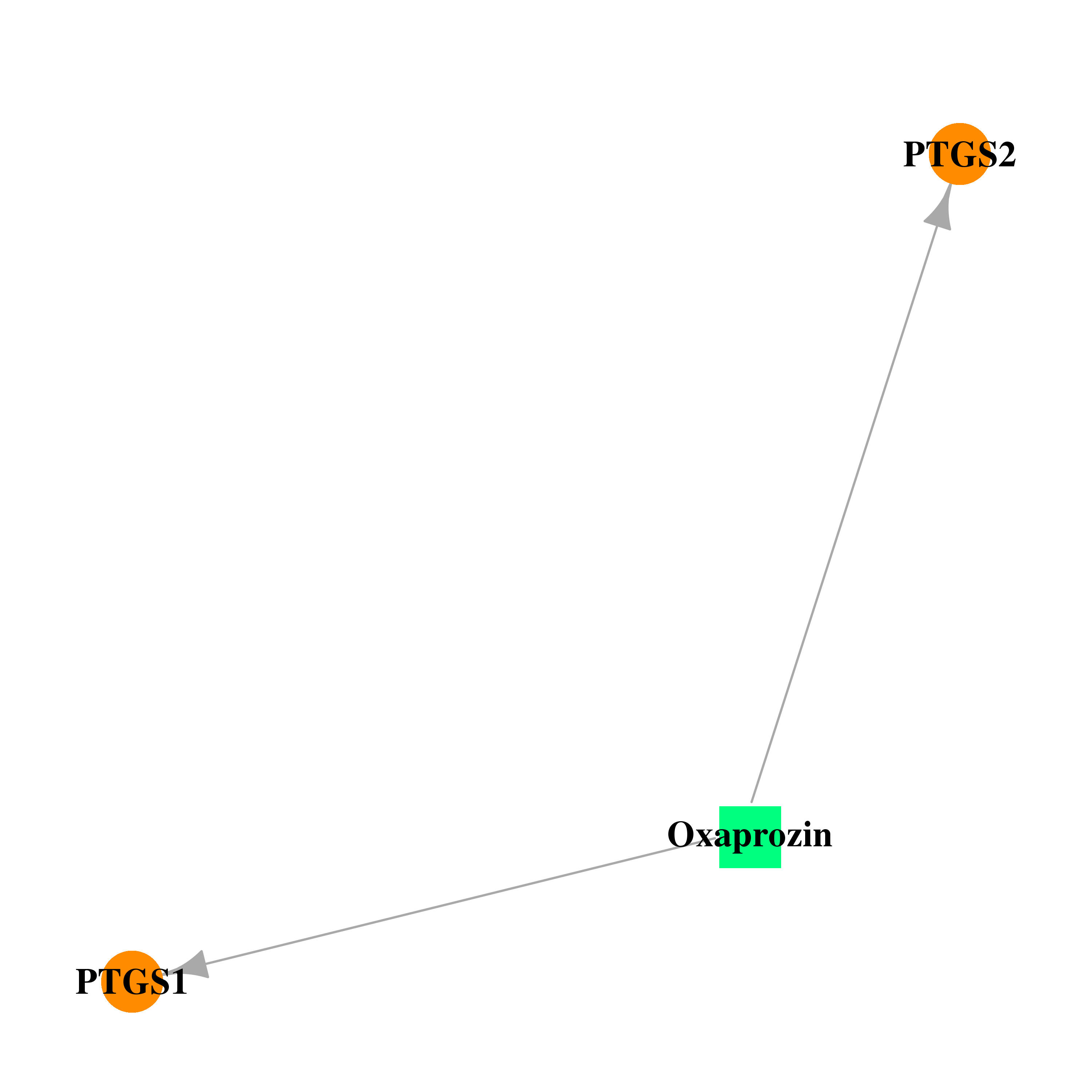 |  |
| DB01009 | prostaglandin-endoperoxide synthase 2 (prostaglandin G/H synthase and cyclooxygenase) | approved | Ketoprofen | 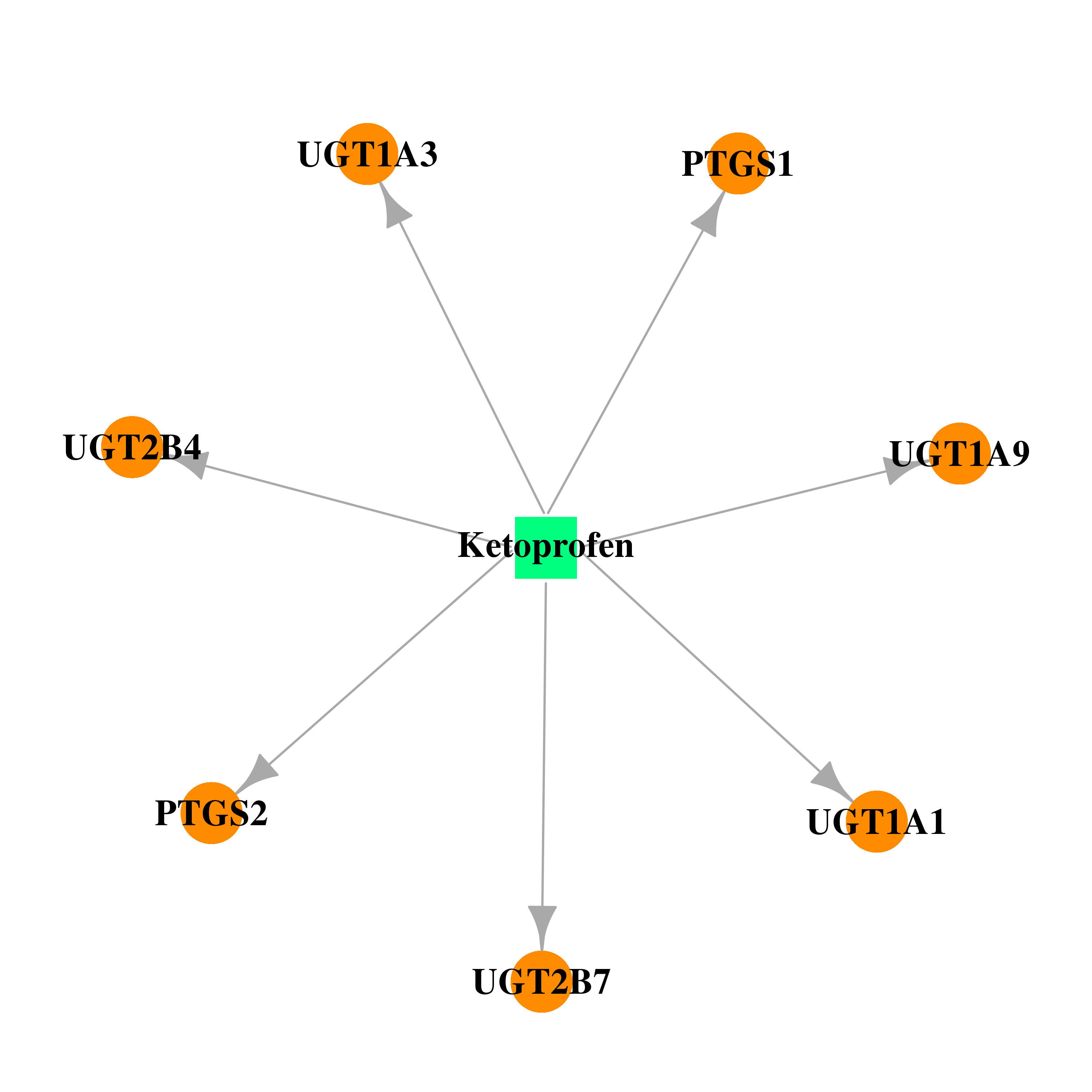 | 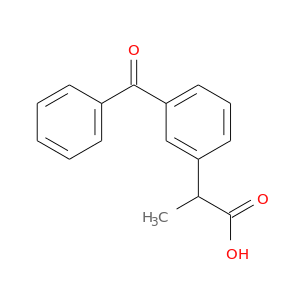 |
| DB01014 | prostaglandin-endoperoxide synthase 2 (prostaglandin G/H synthase and cyclooxygenase) | approved; investigational | Balsalazide | 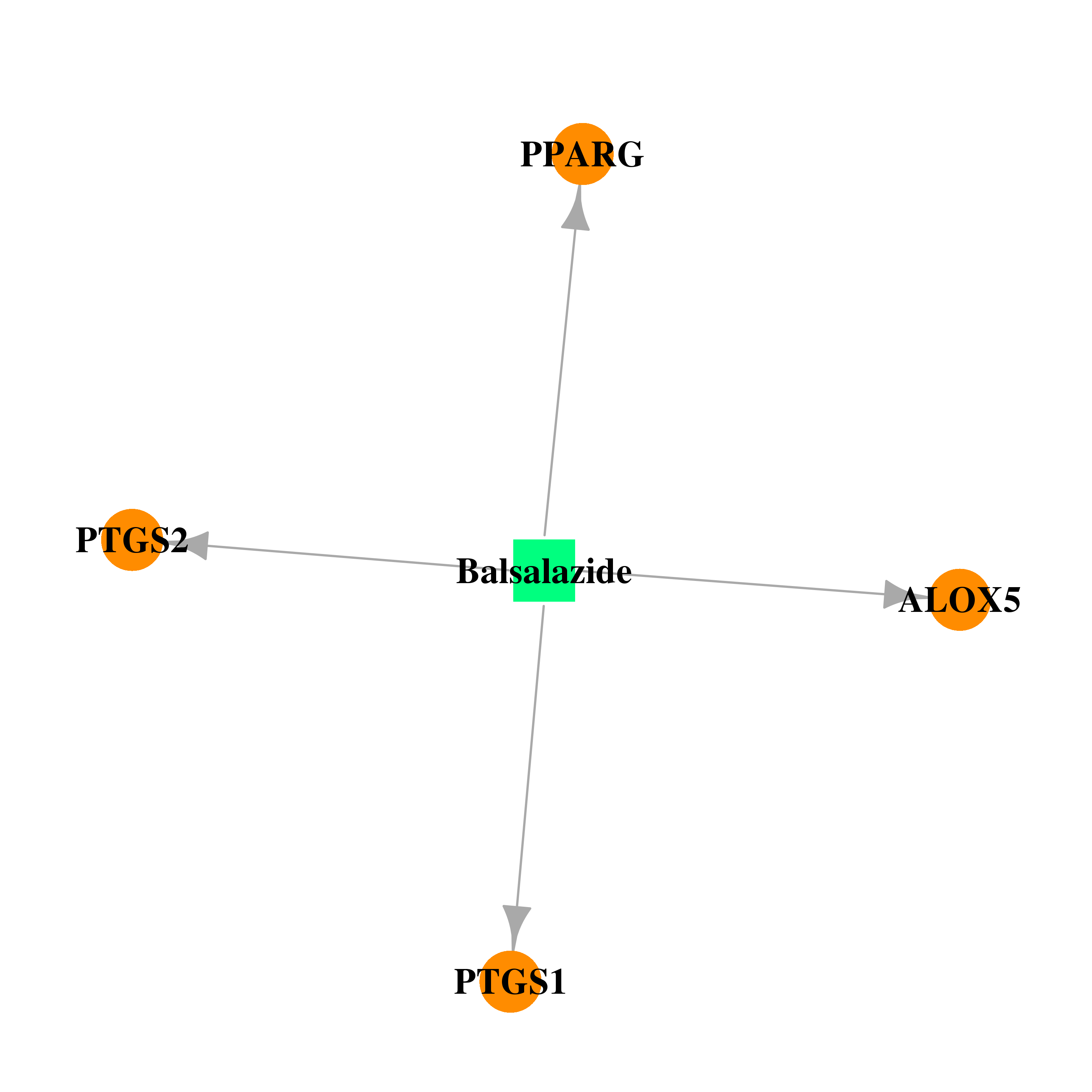 | 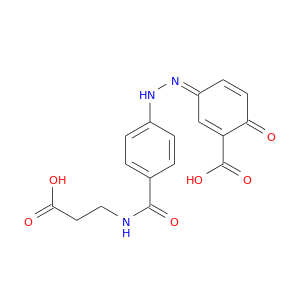 |
| DB01041 | prostaglandin-endoperoxide synthase 2 (prostaglandin G/H synthase and cyclooxygenase) | approved; withdrawn; investigational | Thalidomide |  | 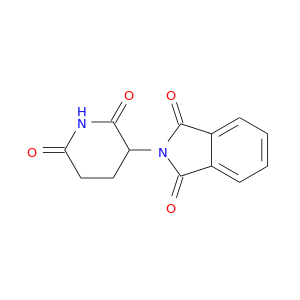 |
| DB01050 | prostaglandin-endoperoxide synthase 2 (prostaglandin G/H synthase and cyclooxygenase) | approved | Ibuprofen | 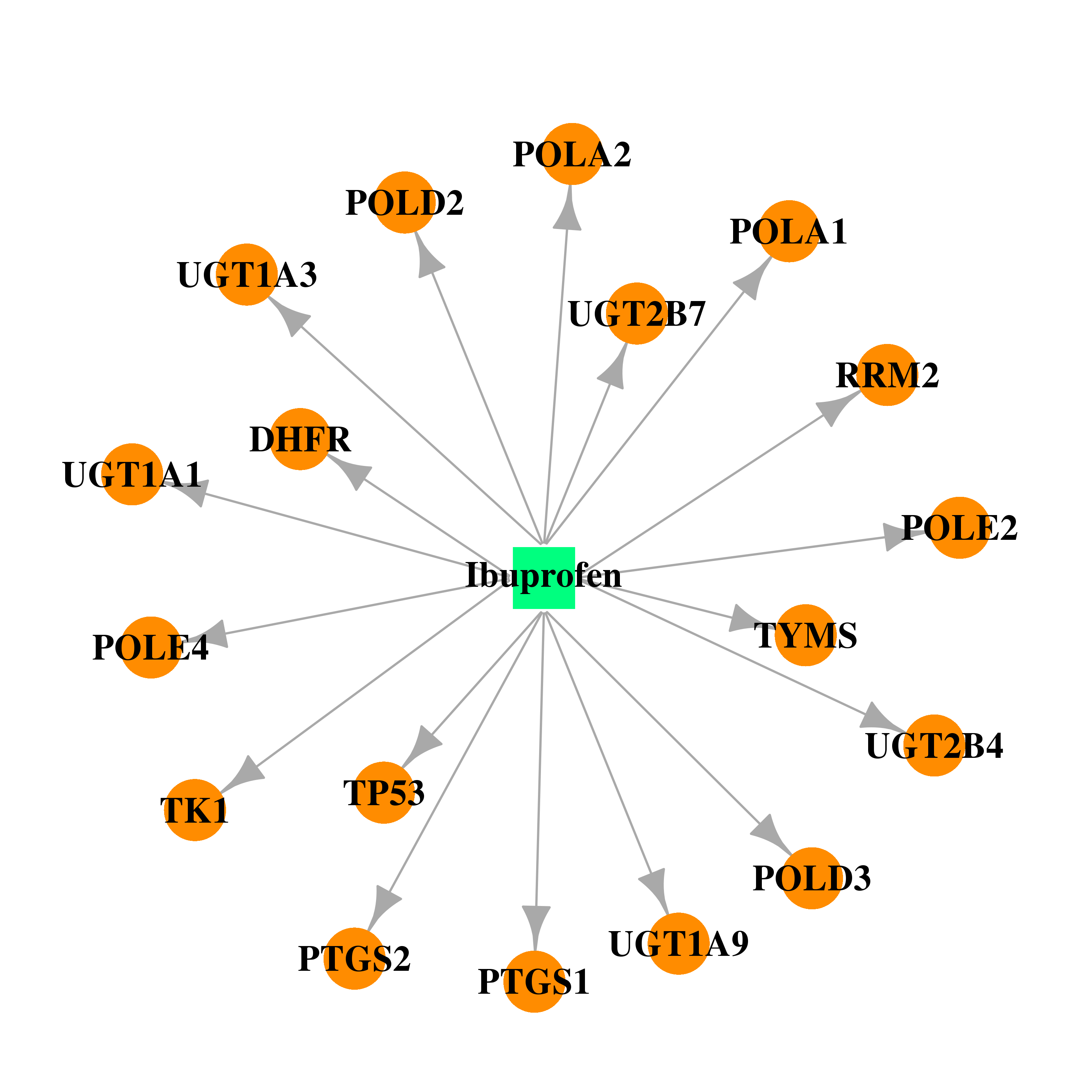 | 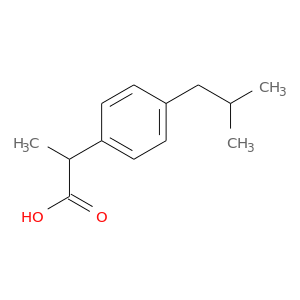 |
| DB01283 | prostaglandin-endoperoxide synthase 2 (prostaglandin G/H synthase and cyclooxygenase) | approved; investigational | Lumiracoxib |  |  |
| DB01294 | prostaglandin-endoperoxide synthase 2 (prostaglandin G/H synthase and cyclooxygenase) | approved | Bismuth Subsalicylate |  | 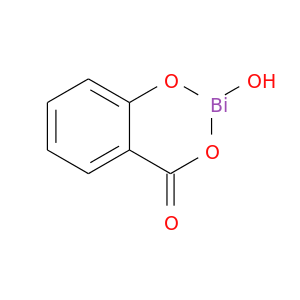 |
| DB01397 | prostaglandin-endoperoxide synthase 2 (prostaglandin G/H synthase and cyclooxygenase) | approved | Magnesium salicylate |  | 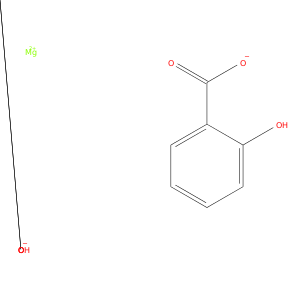 |
| DB01398 | prostaglandin-endoperoxide synthase 2 (prostaglandin G/H synthase and cyclooxygenase) | approved | Salicylate-sodium | 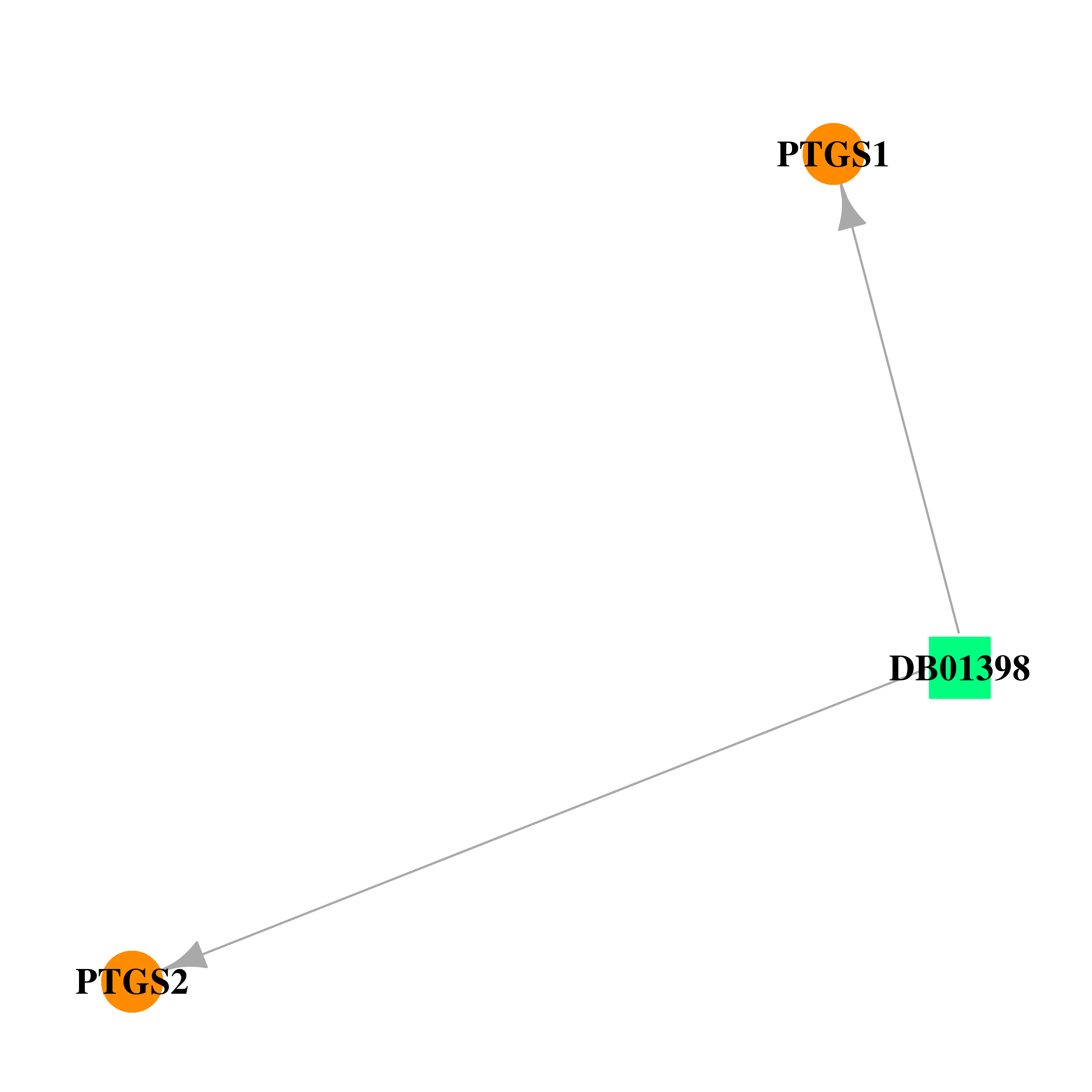 | 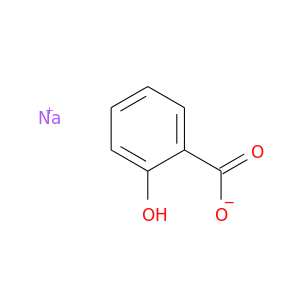 |
| DB01399 | prostaglandin-endoperoxide synthase 2 (prostaglandin G/H synthase and cyclooxygenase) | approved | Salsalate |  |  |
| DB01401 | prostaglandin-endoperoxide synthase 2 (prostaglandin G/H synthase and cyclooxygenase) | approved | Trisalicylate-choline |  | 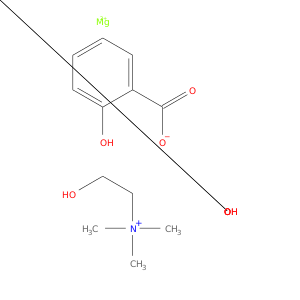 |
| DB01419 | prostaglandin-endoperoxide synthase 2 (prostaglandin G/H synthase and cyclooxygenase) | approved | Antrafenine |  | 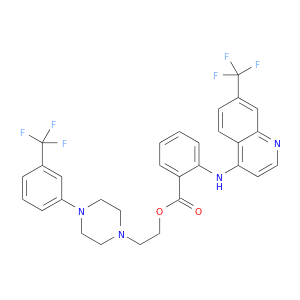 |
| DB01435 | prostaglandin-endoperoxide synthase 2 (prostaglandin G/H synthase and cyclooxygenase) | approved | Antipyrine | 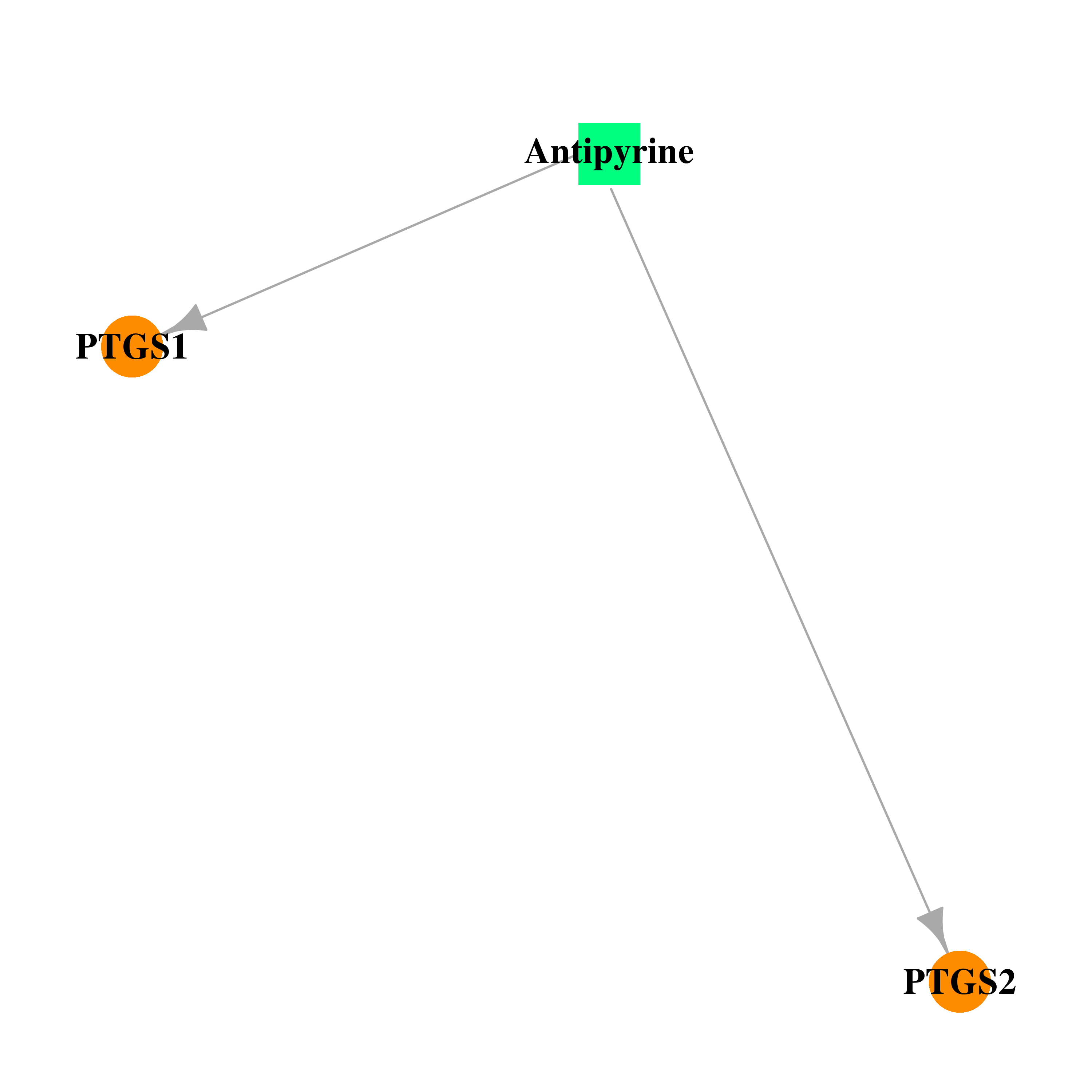 |  |
| DB01600 | prostaglandin-endoperoxide synthase 2 (prostaglandin G/H synthase and cyclooxygenase) | approved | Tiaprofenic acid |  | 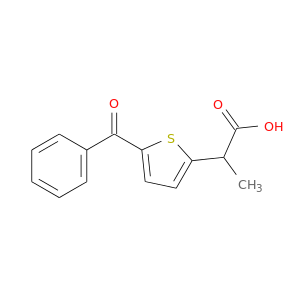 |
| DB01628 | prostaglandin-endoperoxide synthase 2 (prostaglandin G/H synthase and cyclooxygenase) | approved; investigational | Etoricoxib |  | 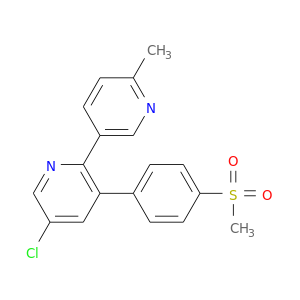 |
| DB02266 | prostaglandin-endoperoxide synthase 2 (prostaglandin G/H synthase and cyclooxygenase) | experimental | Flufenamic Acid | 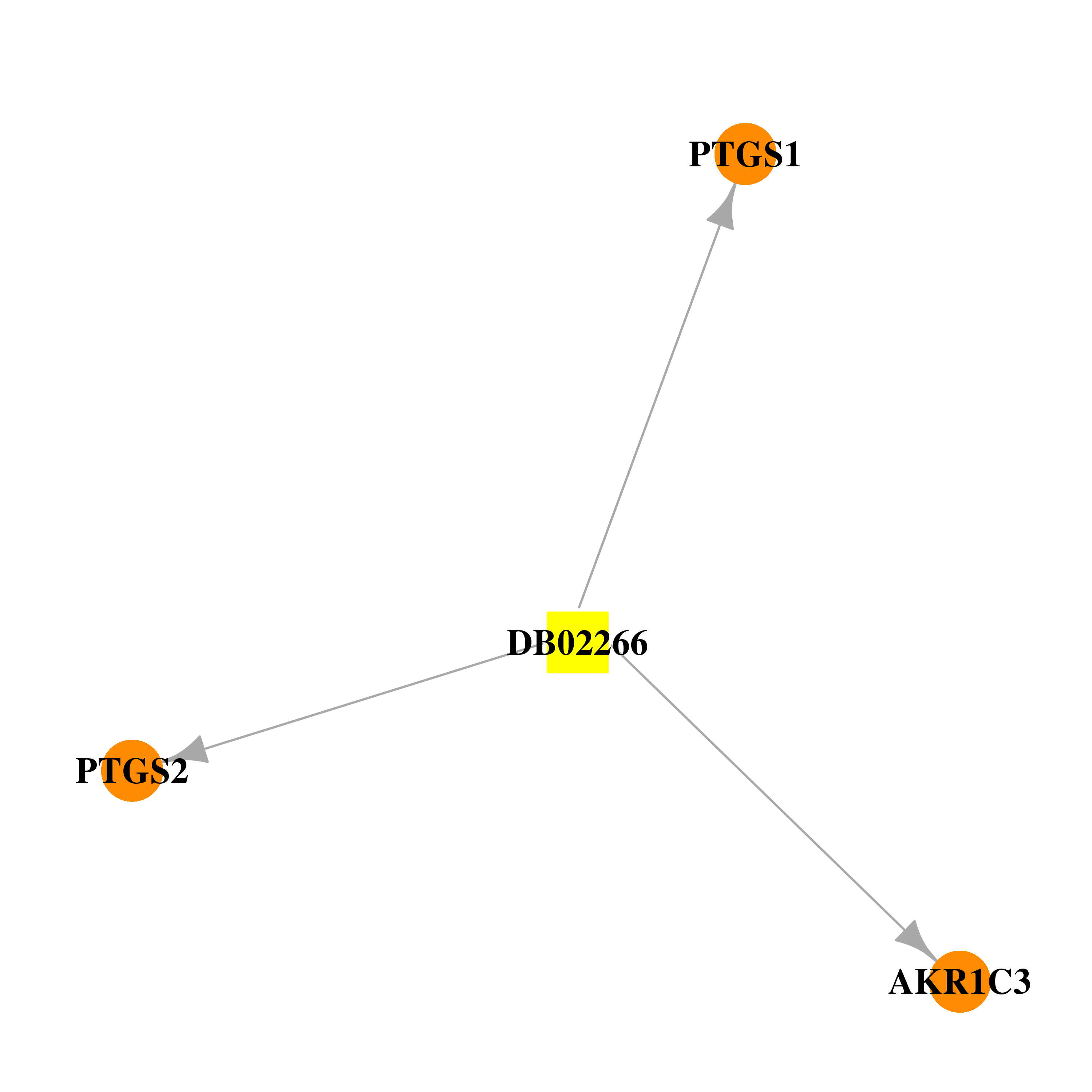 |  |
| DB02709 | prostaglandin-endoperoxide synthase 2 (prostaglandin G/H synthase and cyclooxygenase) | experimental; investigational | Resveratrol | 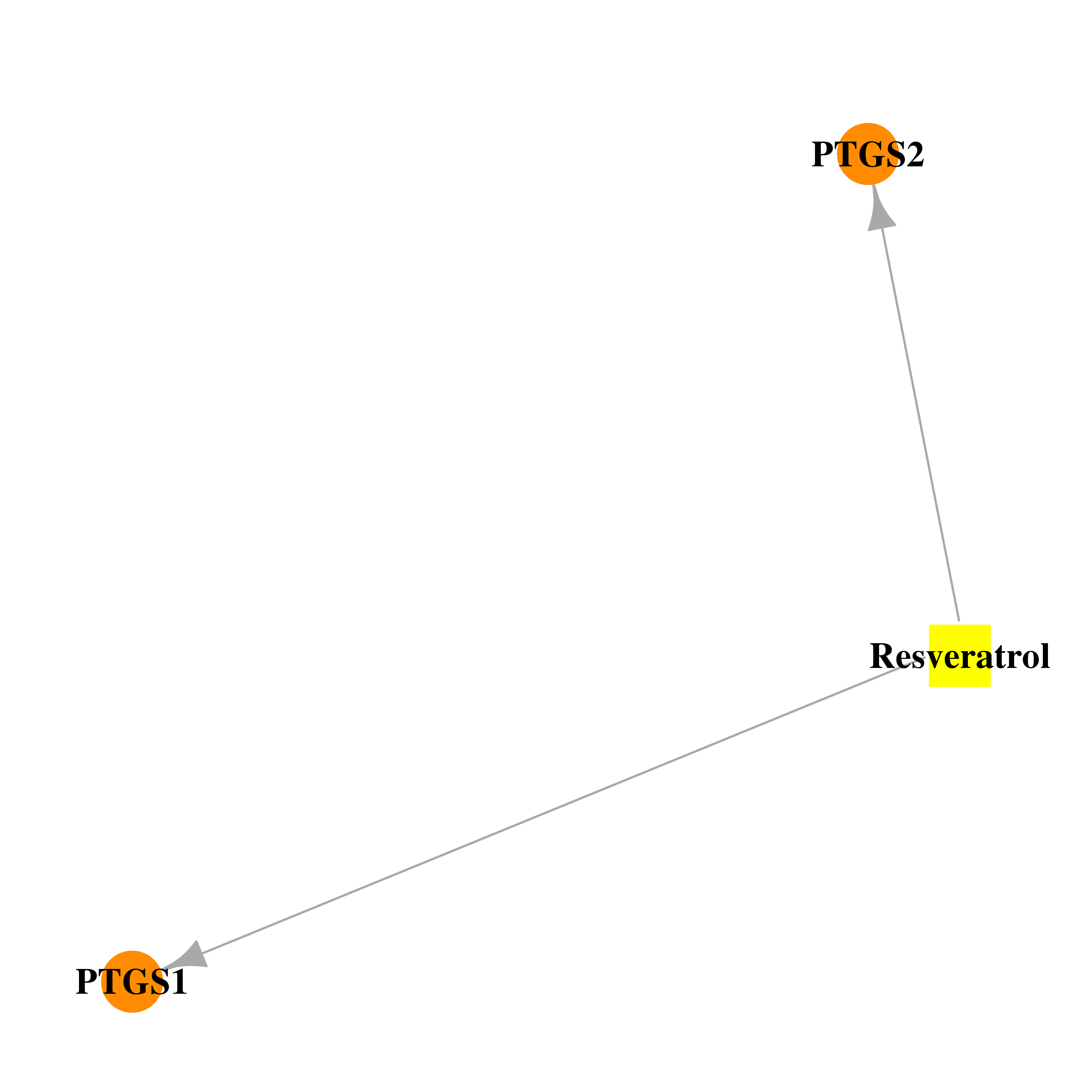 |  |
| DB03014 | prostaglandin-endoperoxide synthase 2 (prostaglandin G/H synthase and cyclooxygenase) | experimental | Heme | 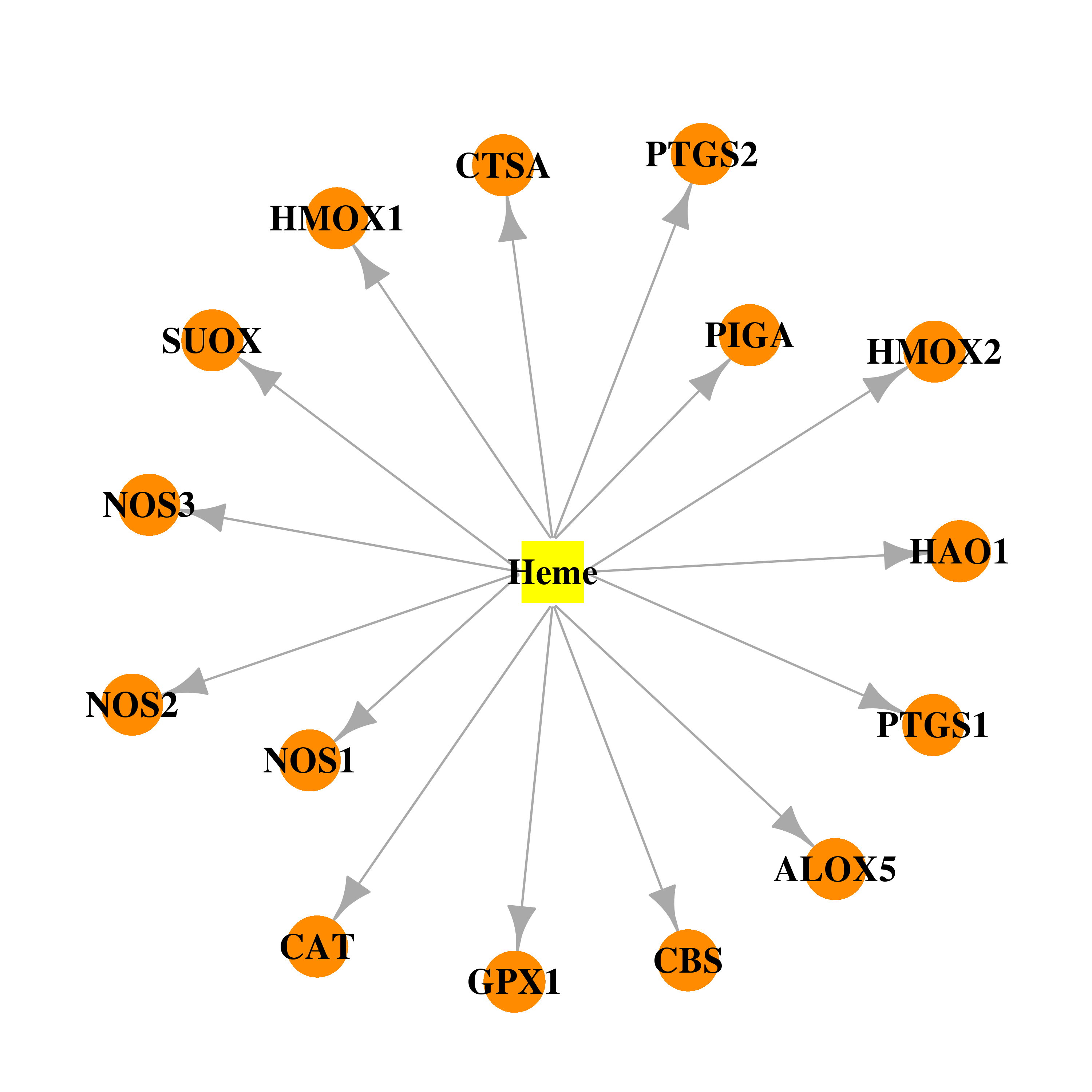 | 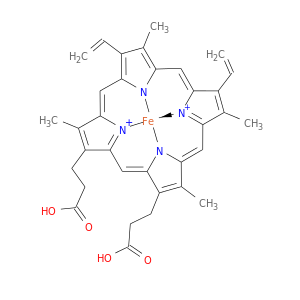 |
| DB03477 | prostaglandin-endoperoxide synthase 2 (prostaglandin G/H synthase and cyclooxygenase) | experimental | 1-Phenylsulfonamide-3-Trifluoromethyl-5-Parabromophenylpyrazole |  |  |
| DB03866 | prostaglandin-endoperoxide synthase 2 (prostaglandin G/H synthase and cyclooxygenase) | experimental | Prostaglandin G2 |  | 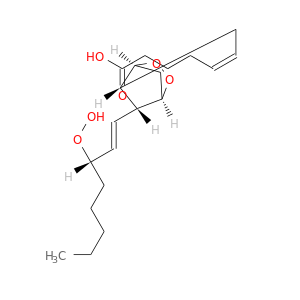 |
| DB04552 | prostaglandin-endoperoxide synthase 2 (prostaglandin G/H synthase and cyclooxygenase) | approved | Niflumic Acid |  |  |
| DB04743 | prostaglandin-endoperoxide synthase 2 (prostaglandin G/H synthase and cyclooxygenase) | experimental | Nimesulide | 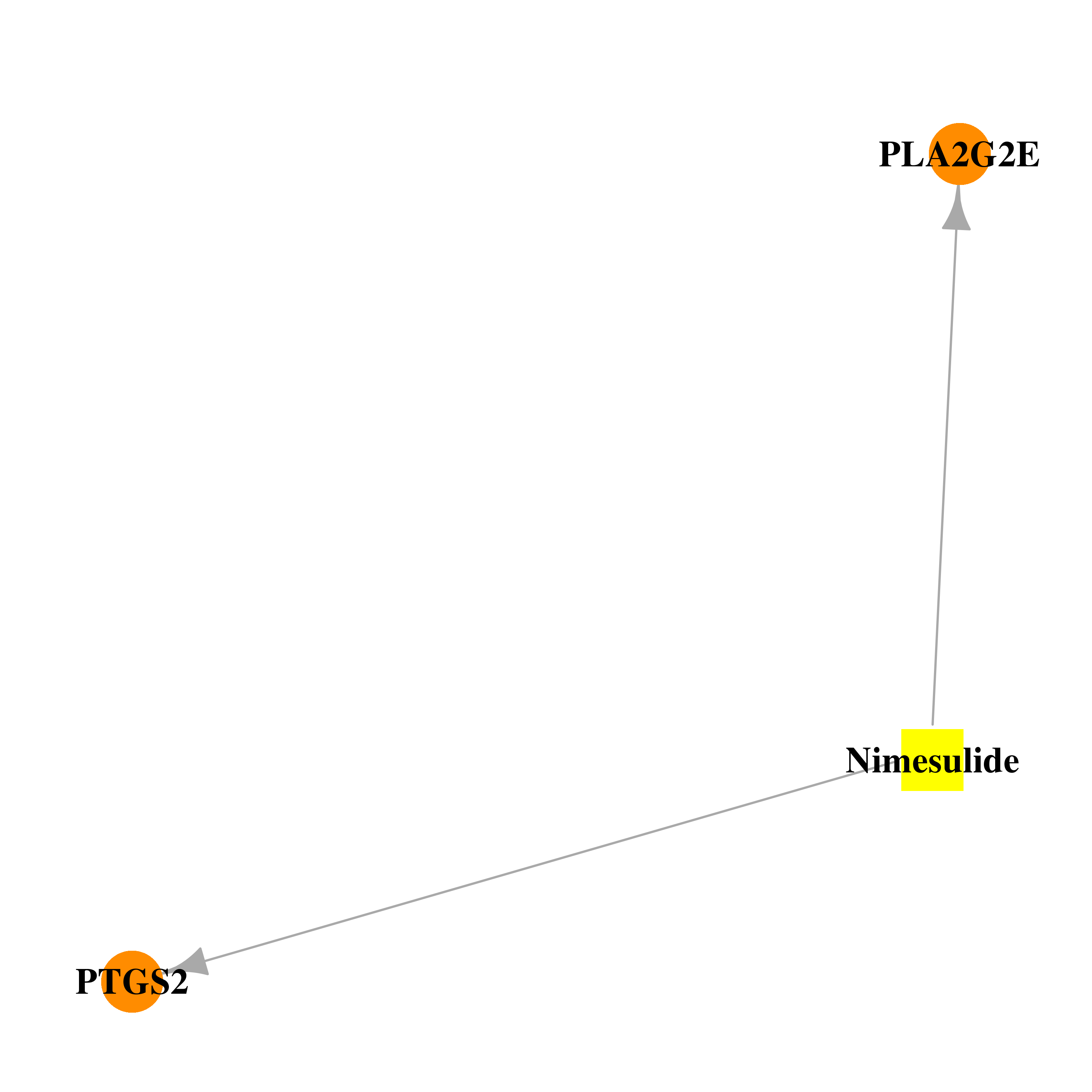 | 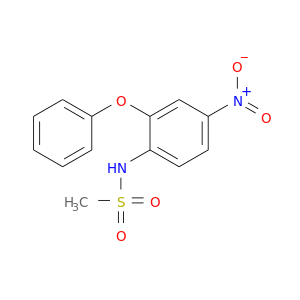 |
| DB06725 | prostaglandin-endoperoxide synthase 2 (prostaglandin G/H synthase and cyclooxygenase) | approved | Lornoxicam | 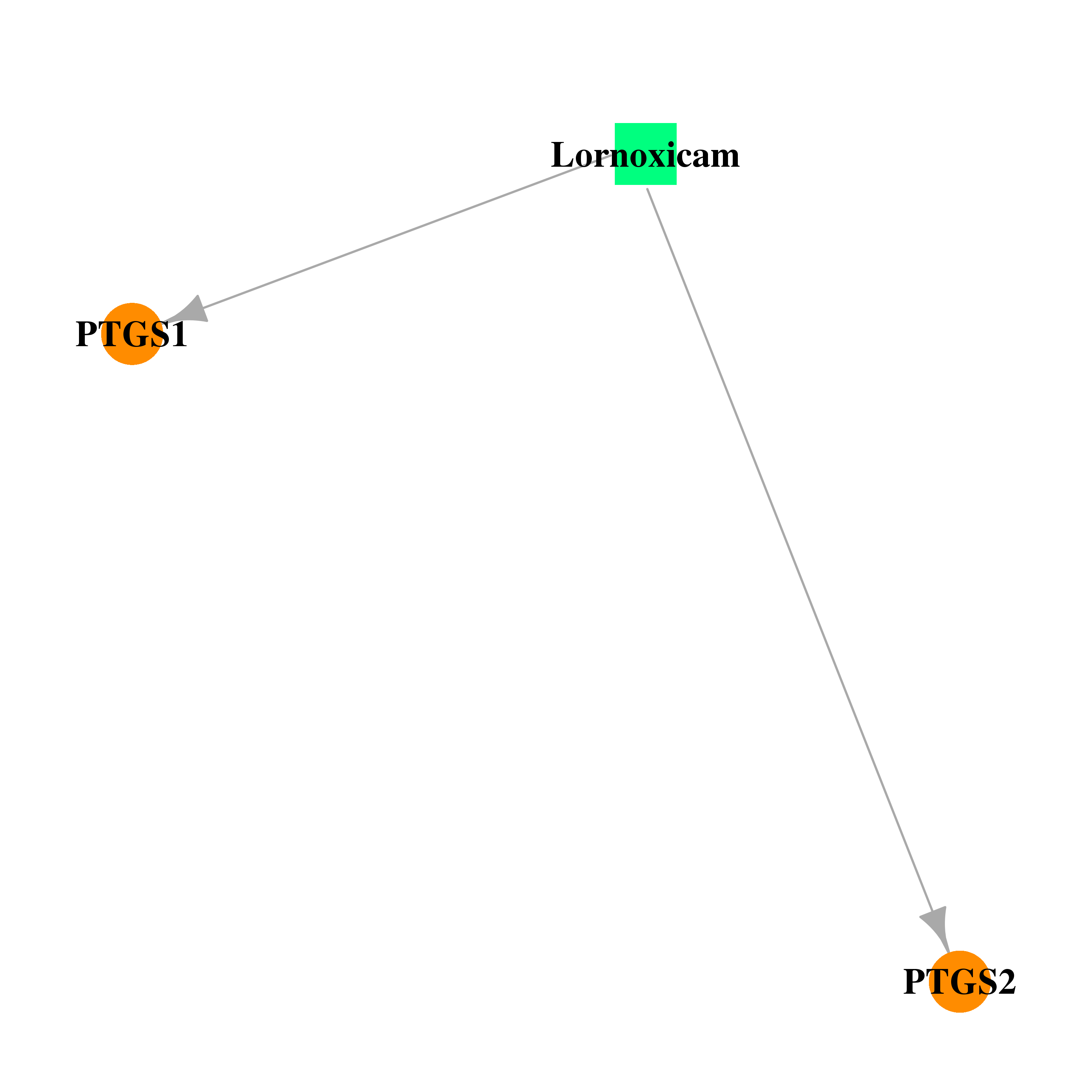 | 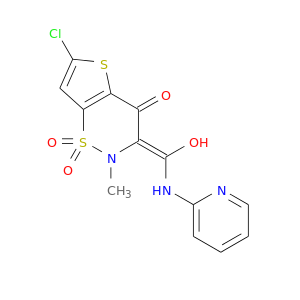 |
| DB06802 | prostaglandin-endoperoxide synthase 2 (prostaglandin G/H synthase and cyclooxygenase) | approved | Nepafenac |  | 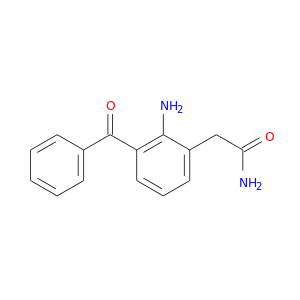 |
| DB00317 | prostaglandin-endoperoxide synthase 2 (prostaglandin G/H synthase and cyclooxygenase) | approved; investigational | Gefitinib |  |  |
| DB01234 | prostaglandin-endoperoxide synthase 2 (prostaglandin G/H synthase and cyclooxygenase) | approved; investigational | Dexamethasone | 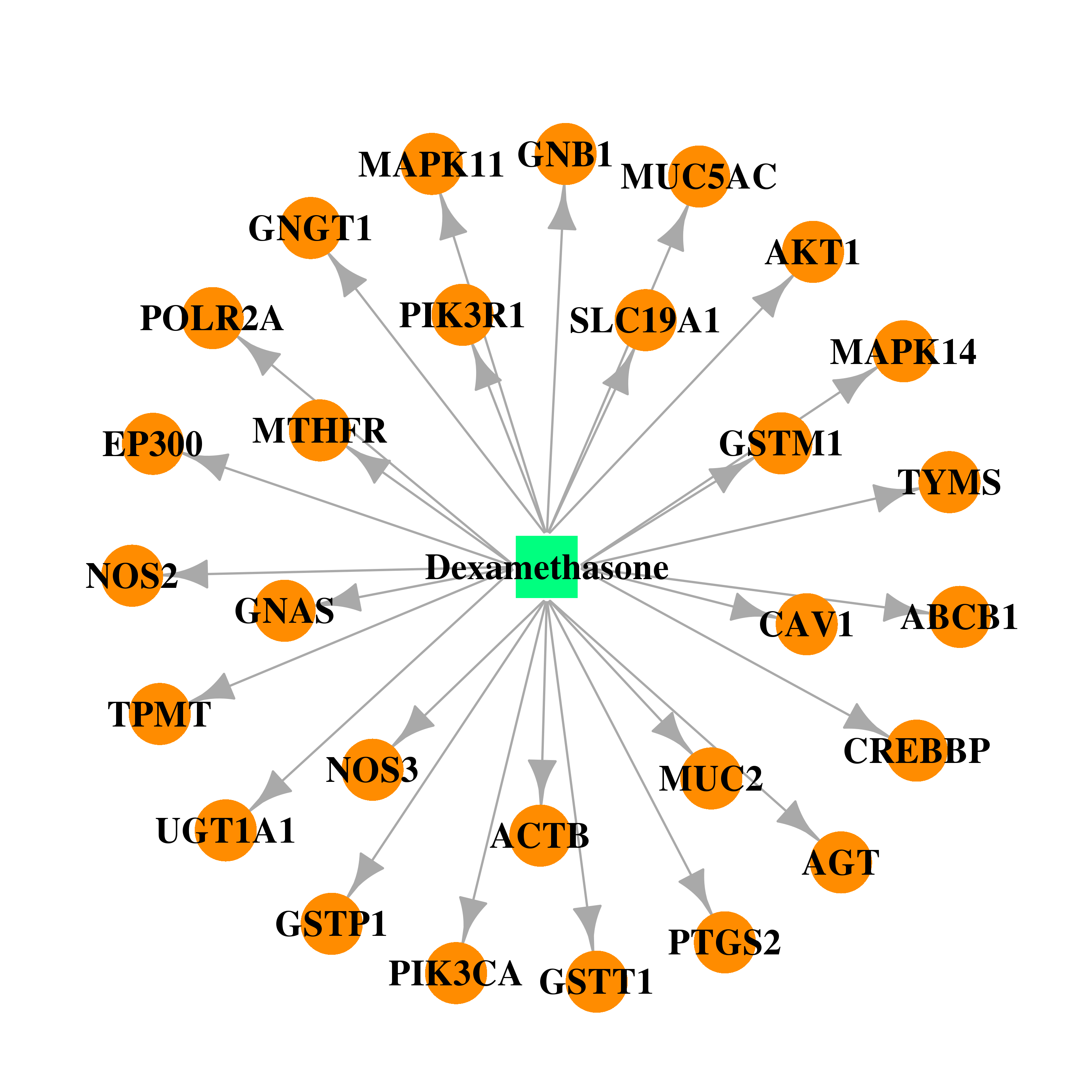 | 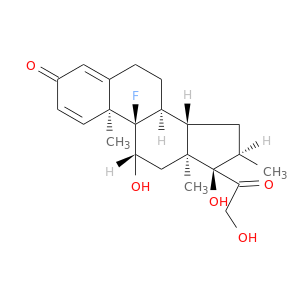 |
| DB00864 | prostaglandin-endoperoxide synthase 2 (prostaglandin G/H synthase and cyclooxygenase) | approved; investigational | Tacrolimus |  |  |
| DB01242 | prostaglandin-endoperoxide synthase 2 (prostaglandin G/H synthase and cyclooxygenase) | approved | Clomipramine | 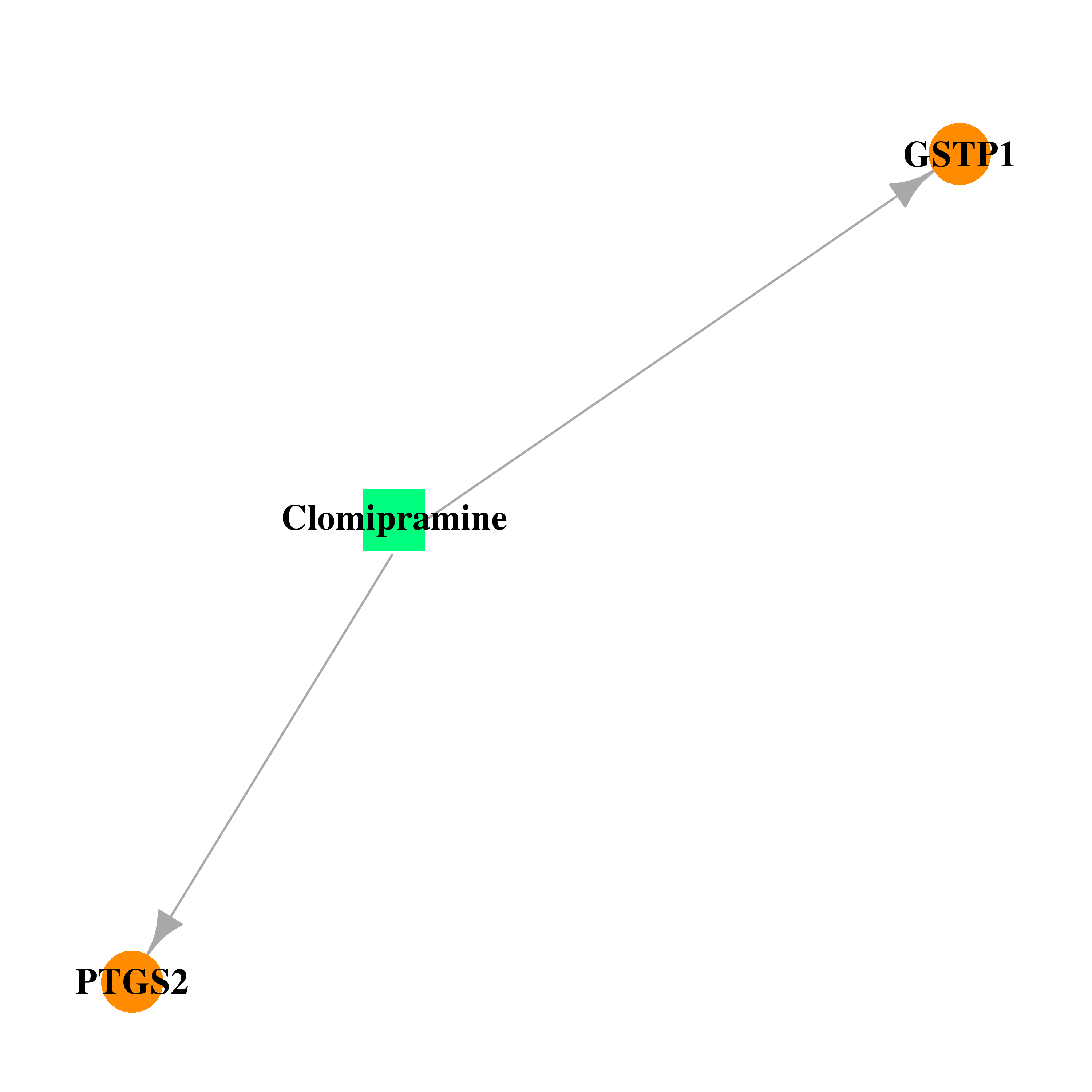 | 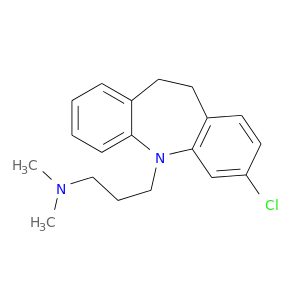 |
| DB01101 | prostaglandin-endoperoxide synthase 2 (prostaglandin G/H synthase and cyclooxygenase) | approved; investigational | Capecitabine |  | 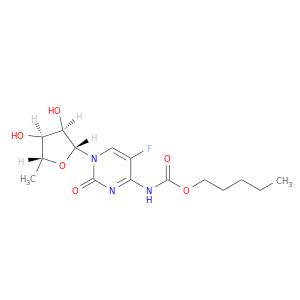 |
| DB00526 | prostaglandin-endoperoxide synthase 2 (prostaglandin G/H synthase and cyclooxygenase) | approved; investigational | Oxaliplatin | 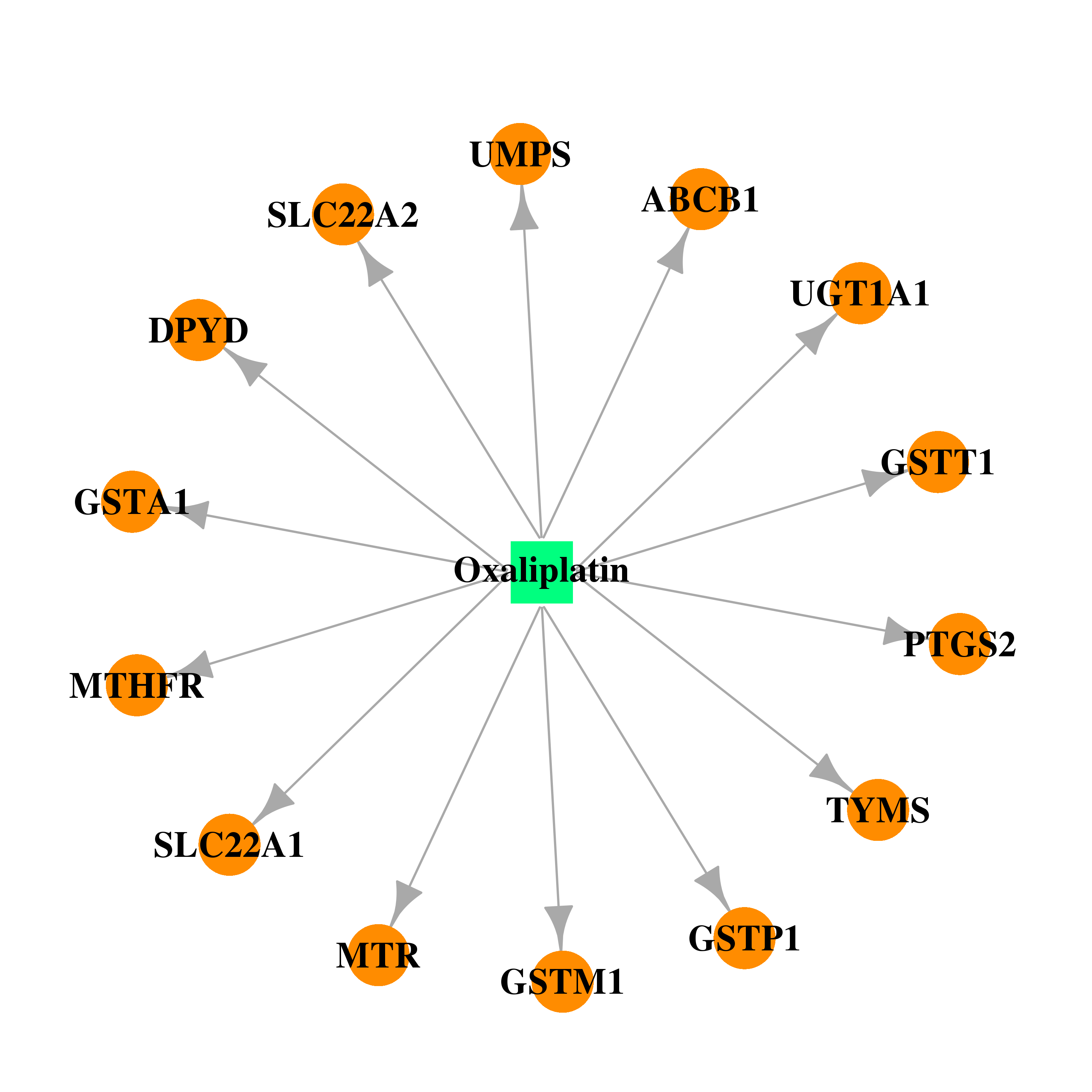 |  |
| Top |
| Cross referenced IDs for PTGS2 |
| * We obtained these cross-references from Uniprot database. It covers 150 different DBs, 18 categories. http://www.uniprot.org/help/cross_references_section |
: Open all cross reference information
|
Copyright © 2016-Present - The Univsersity of Texas Health Science Center at Houston @ |






